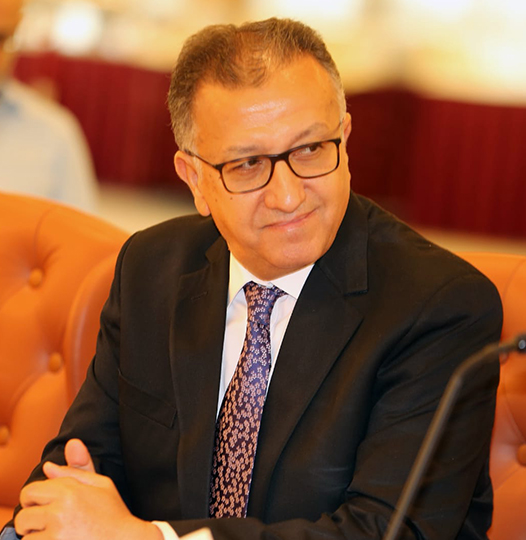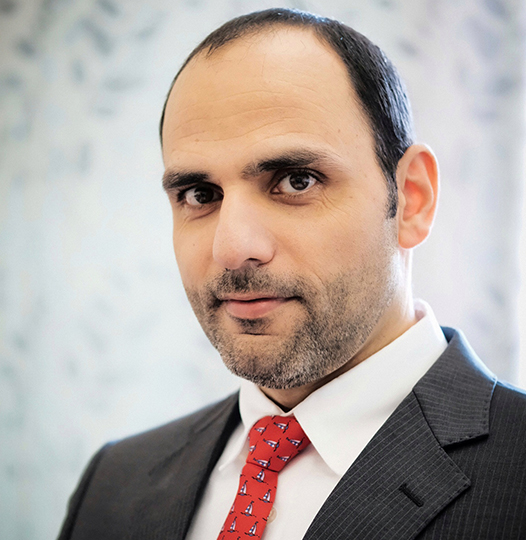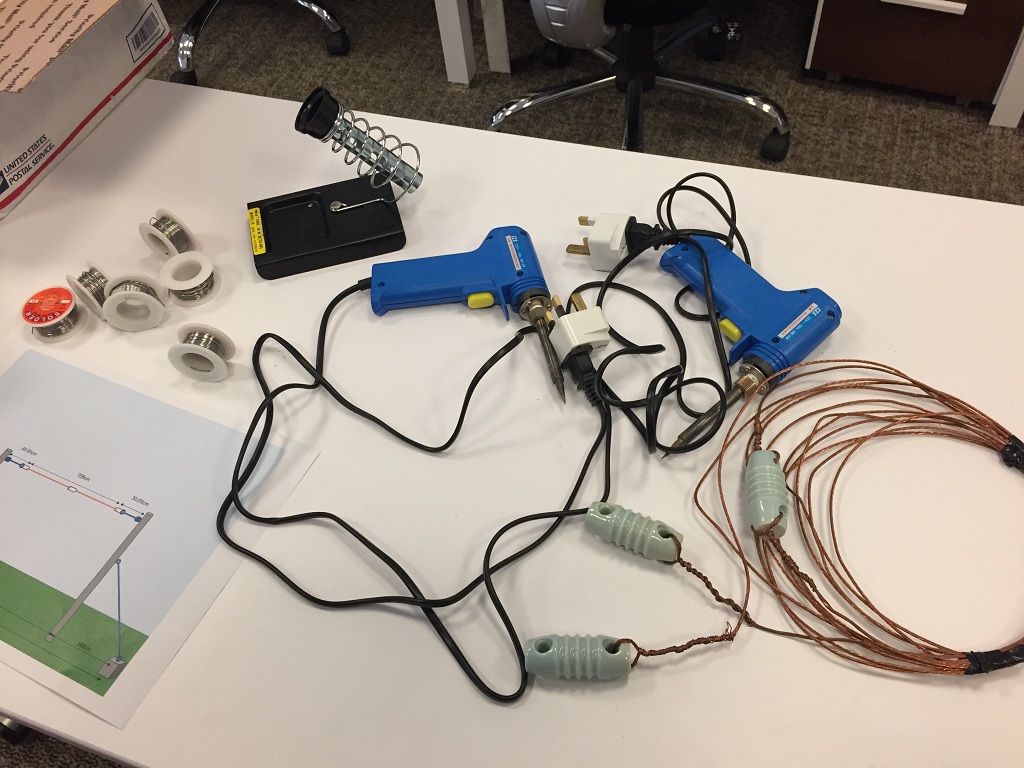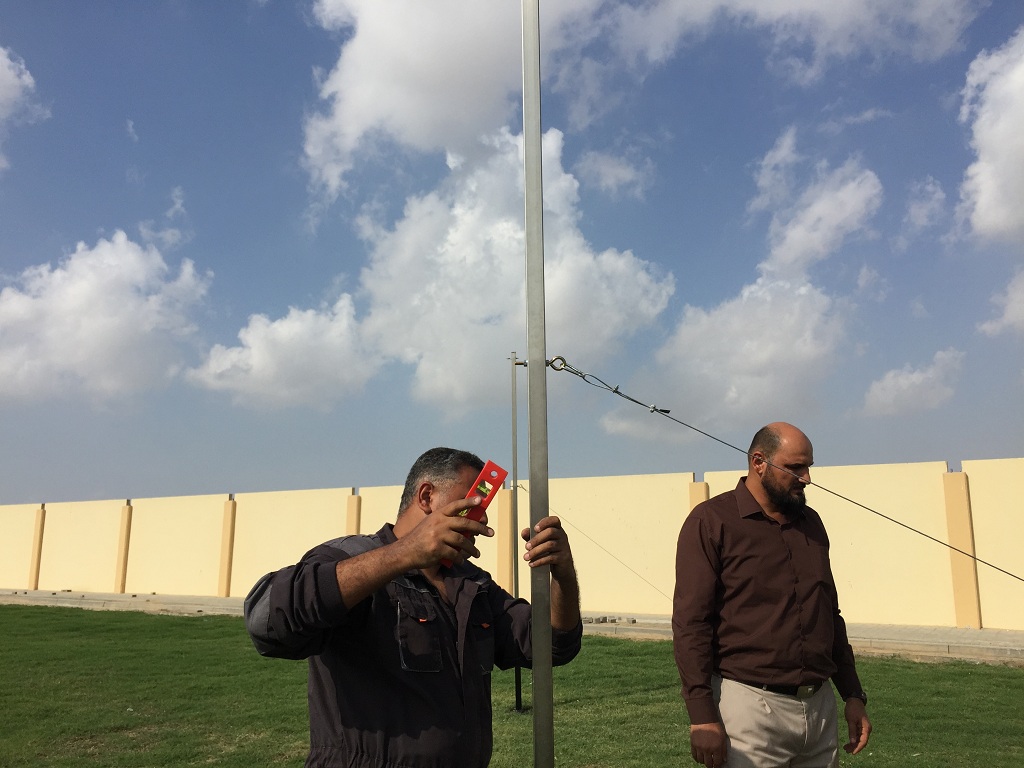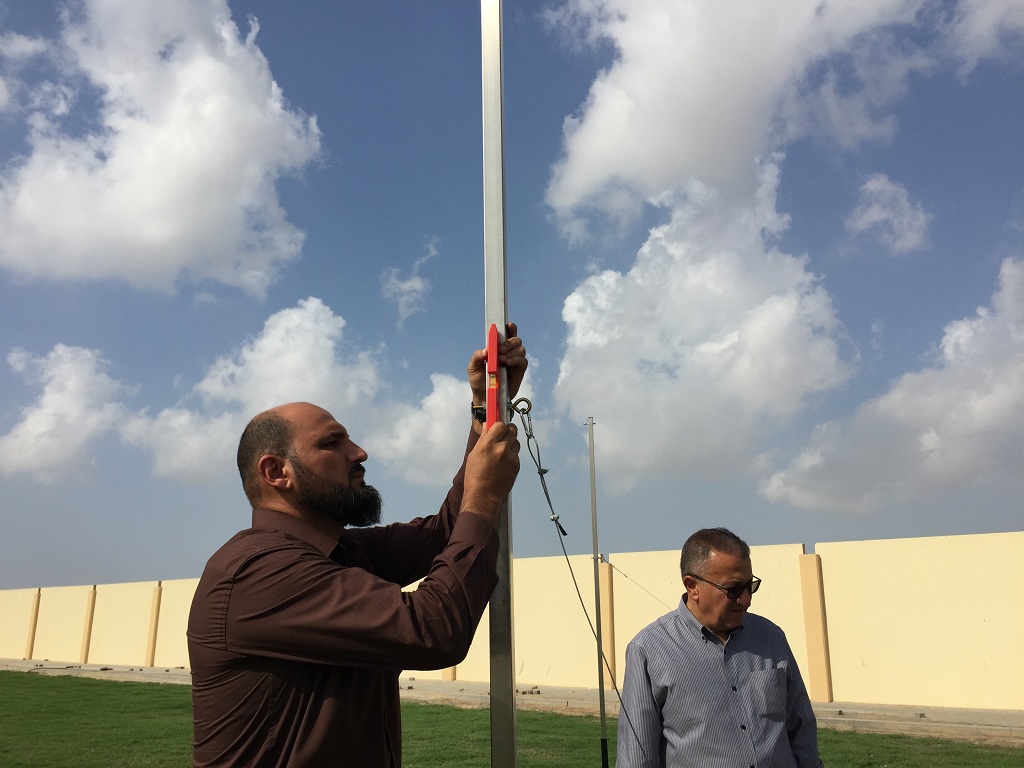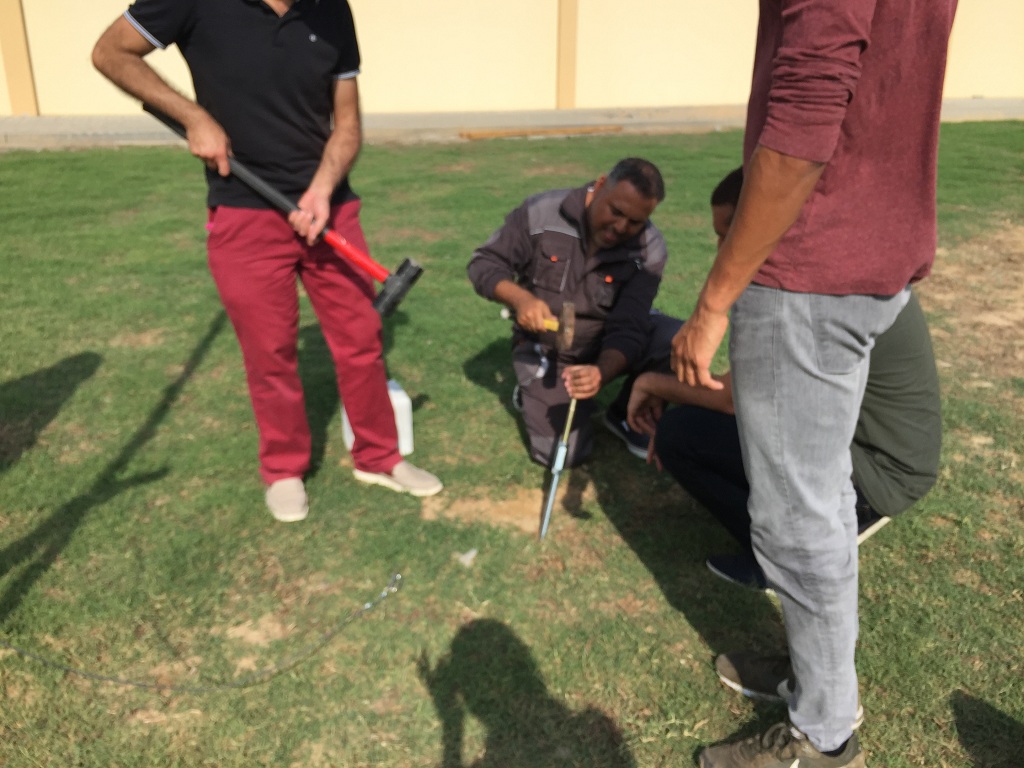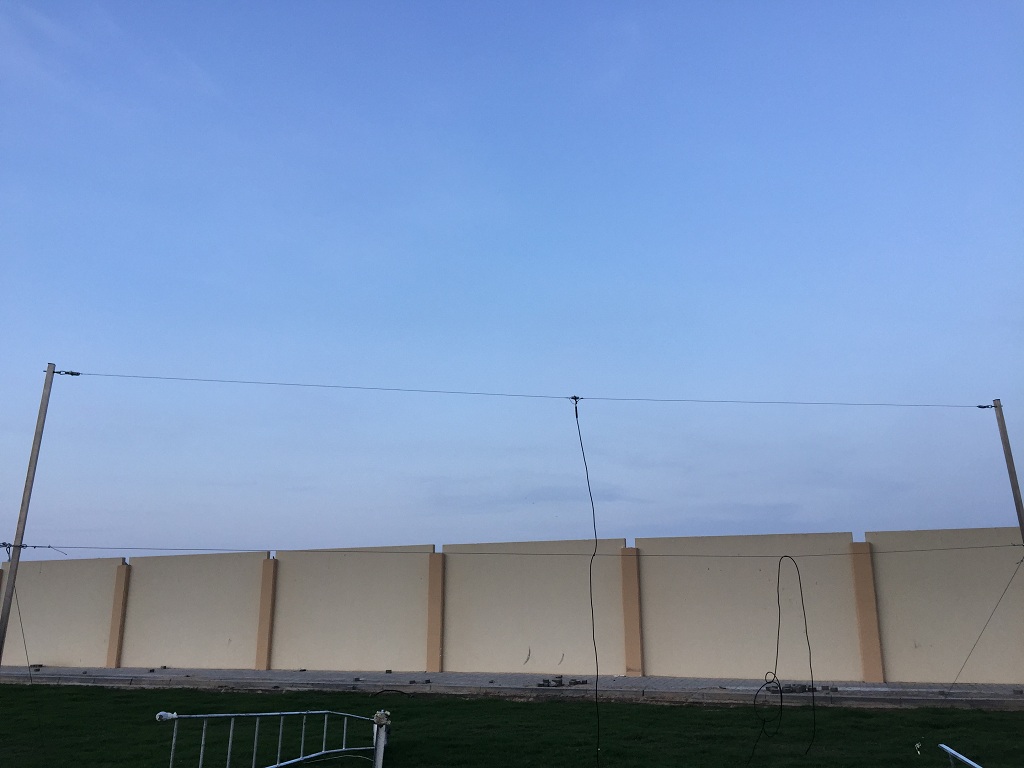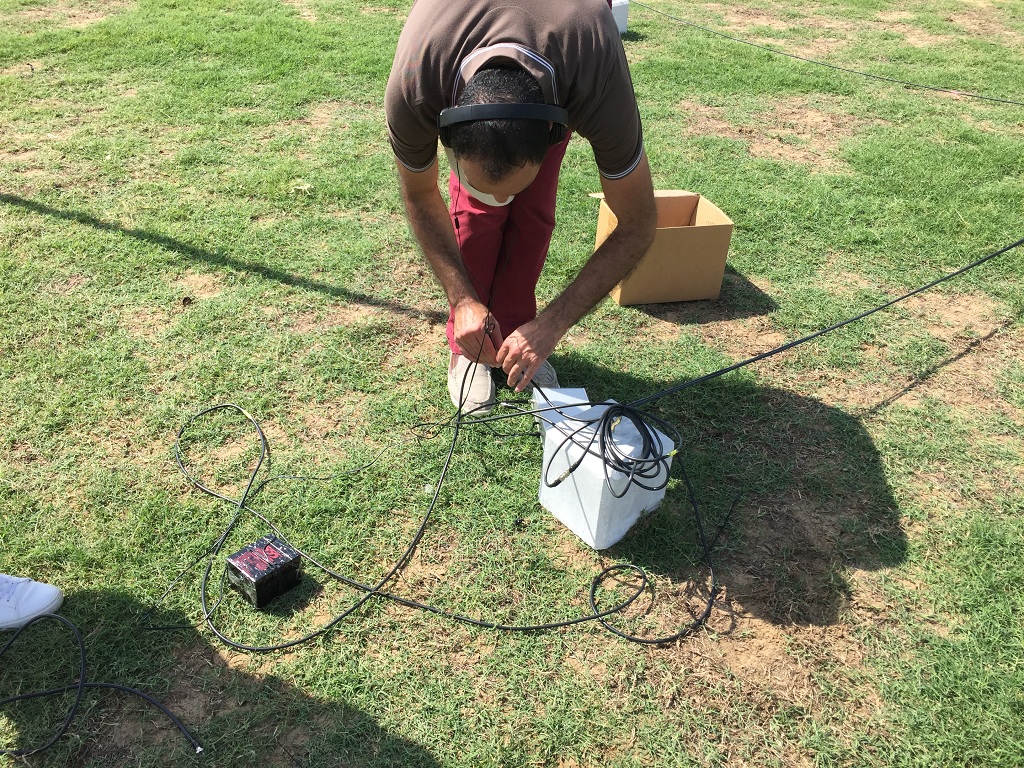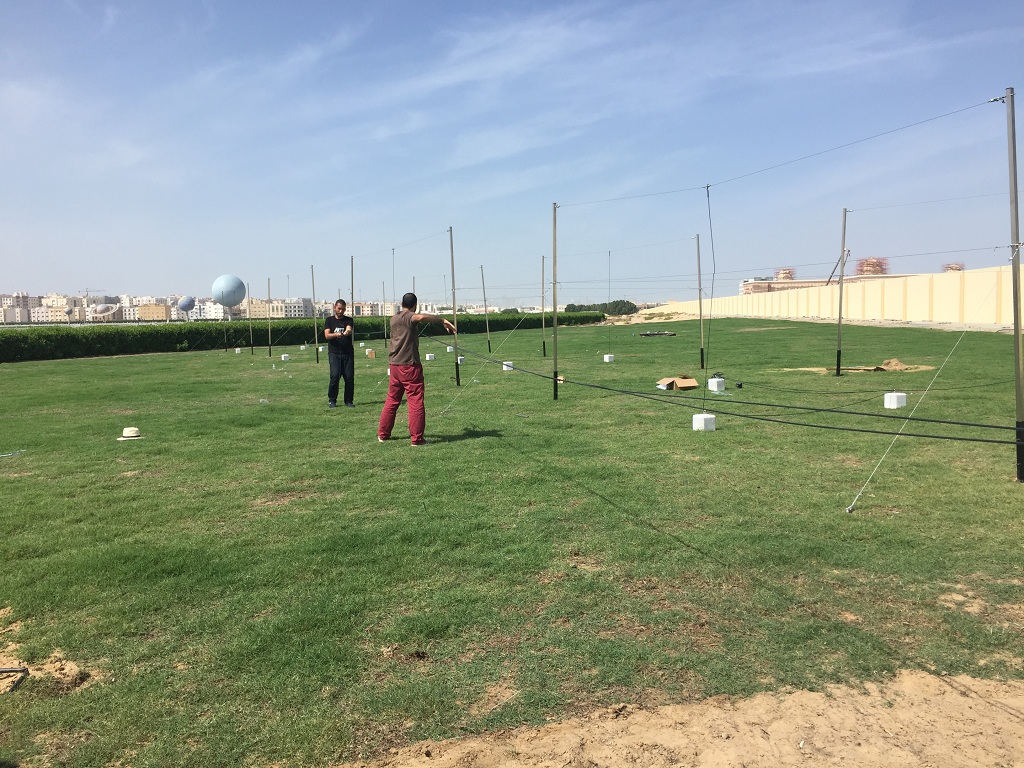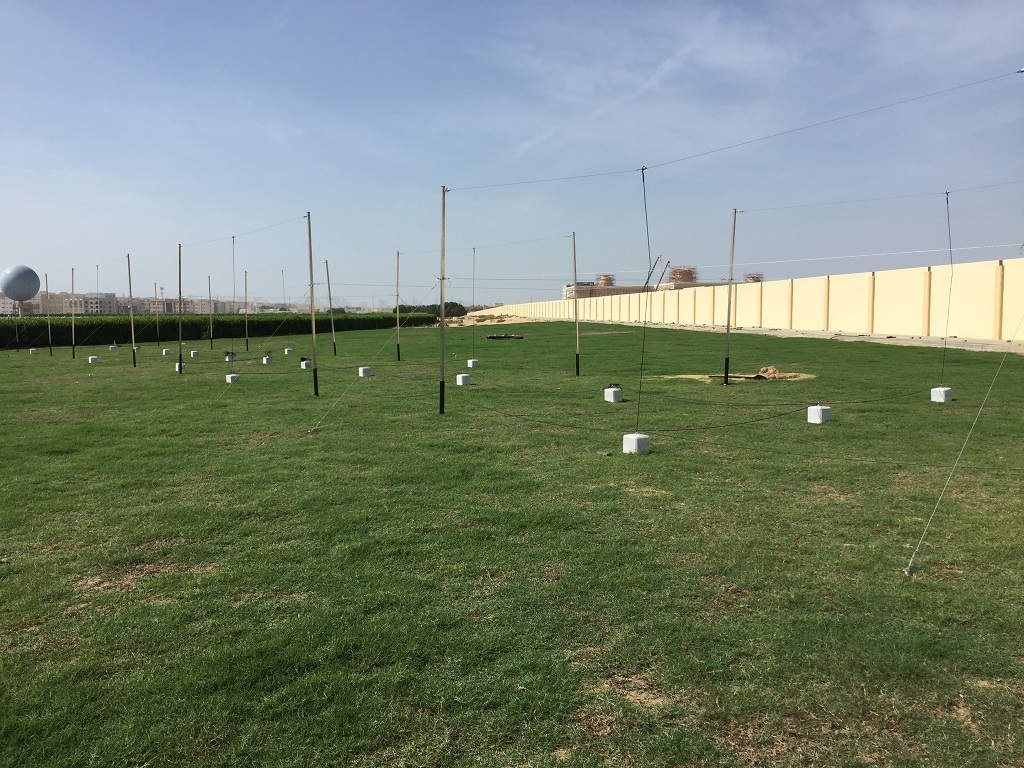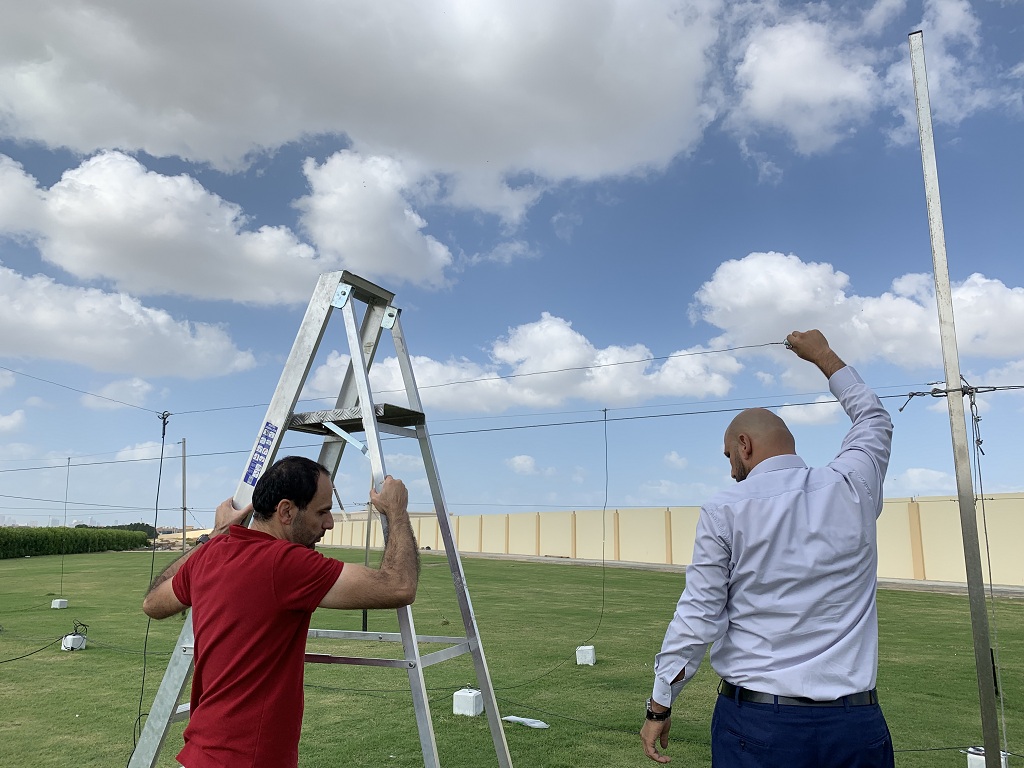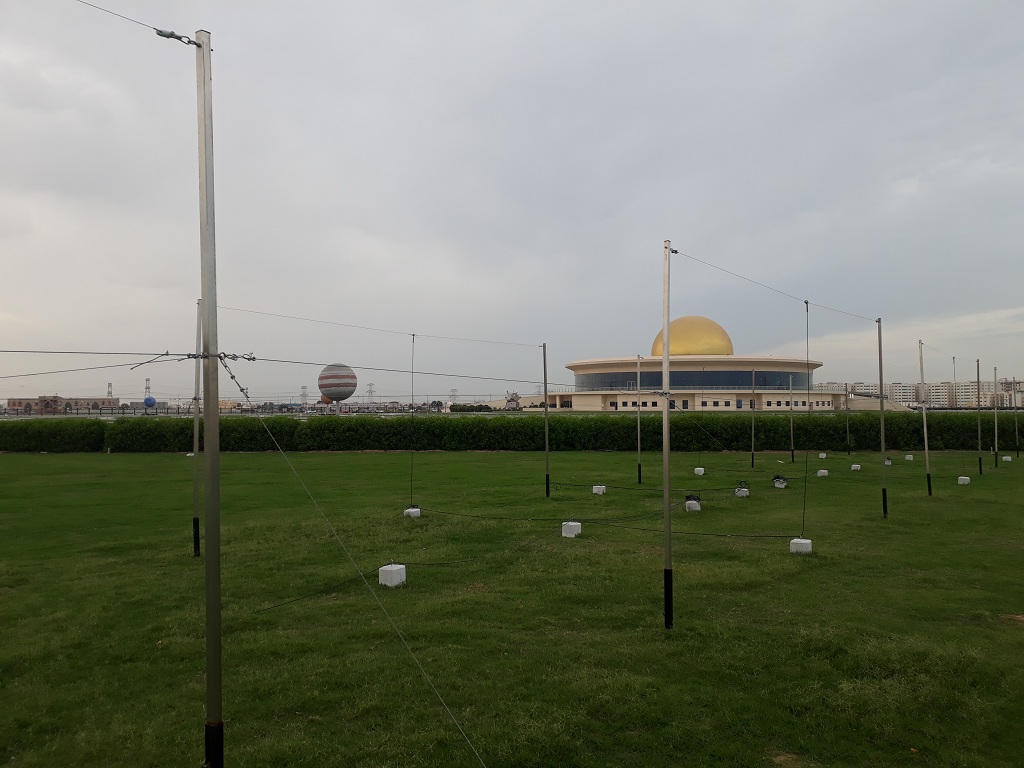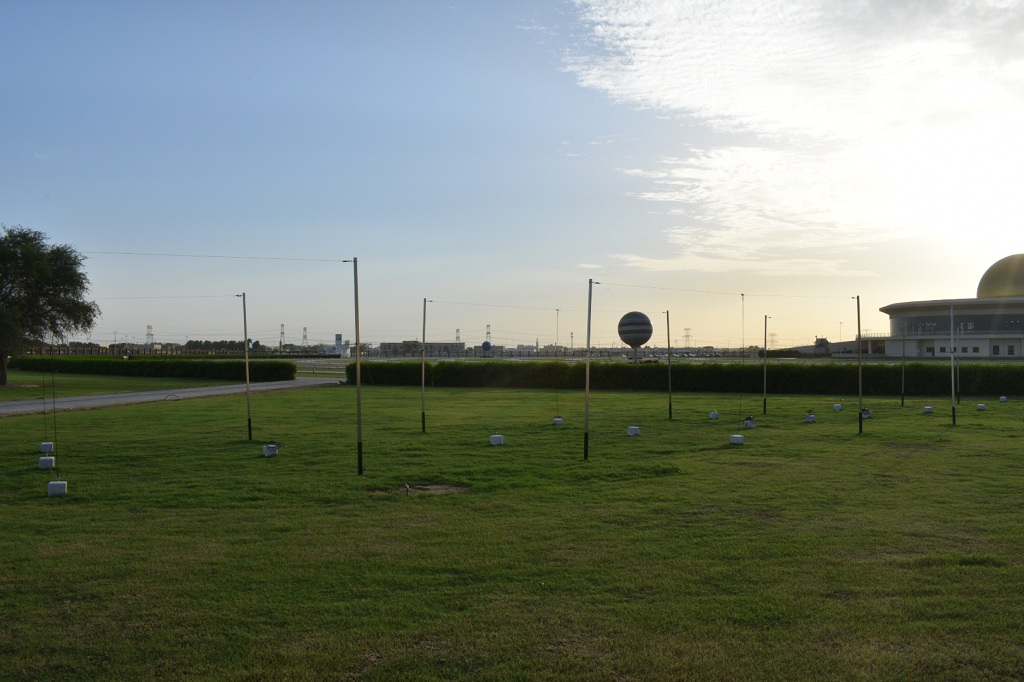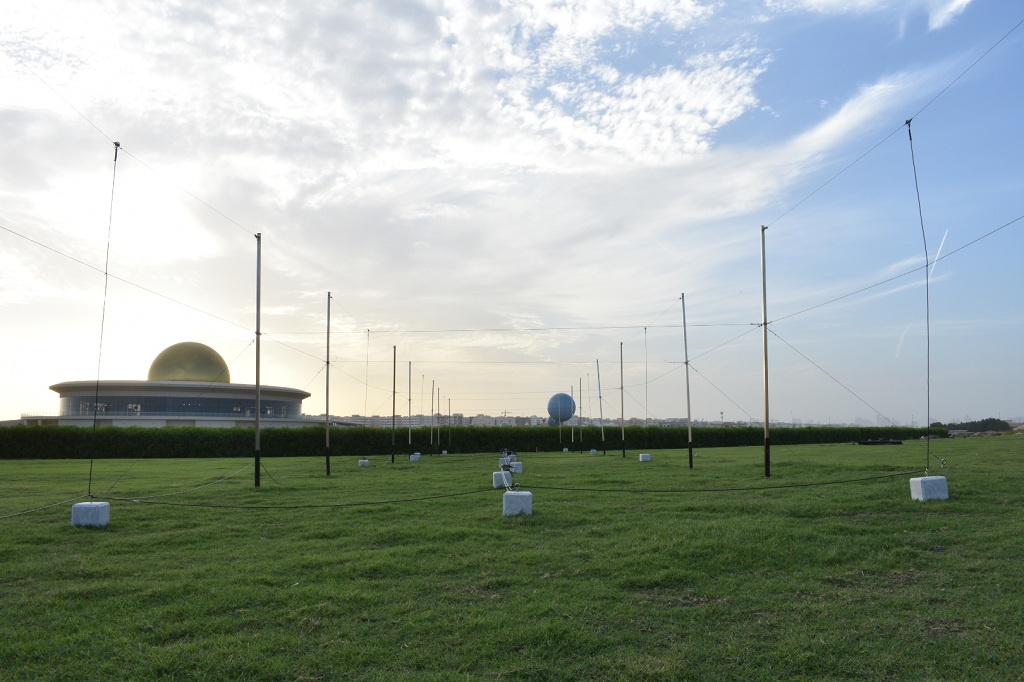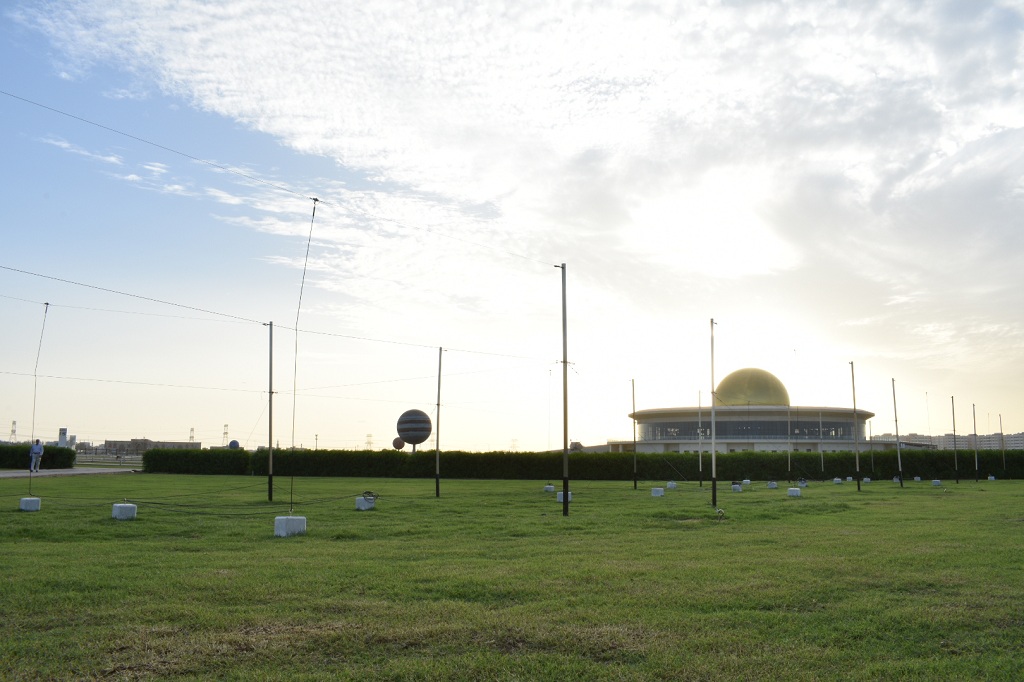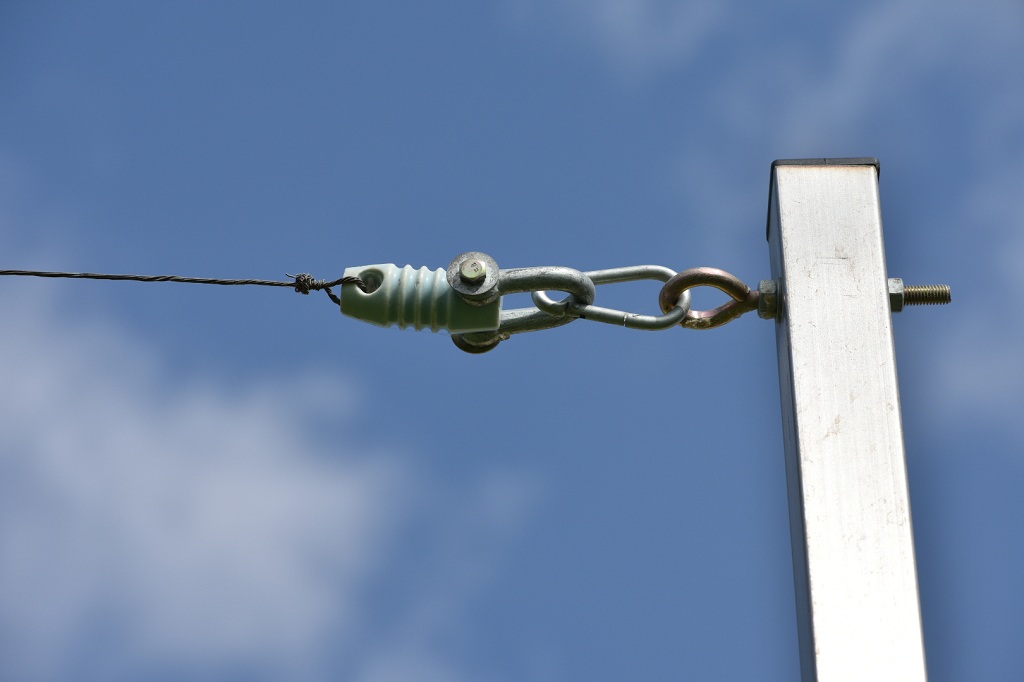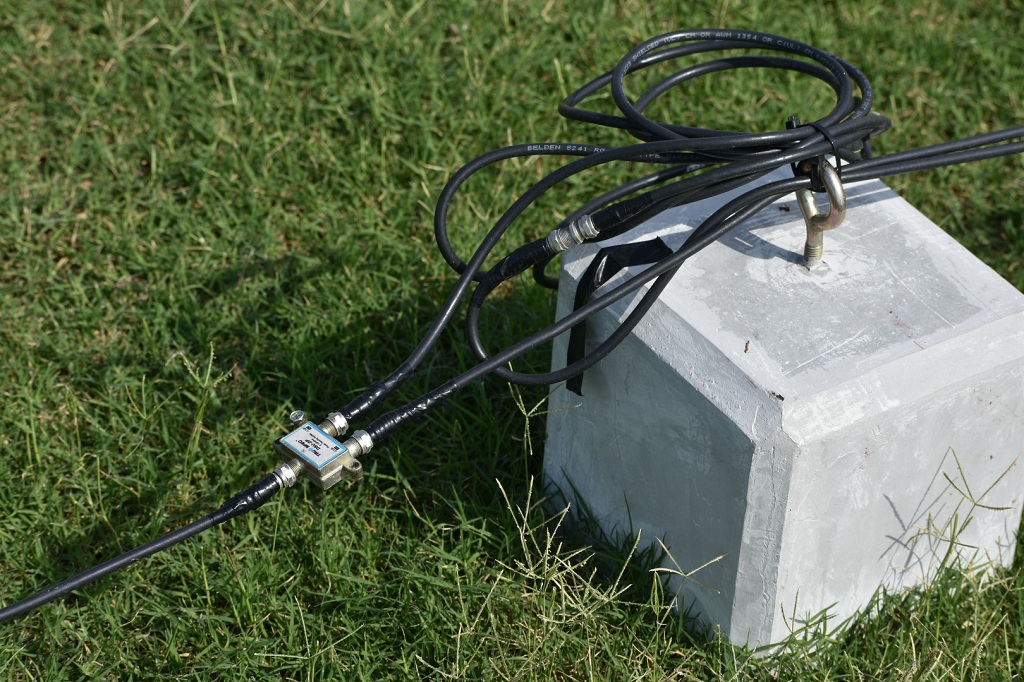Decametric Radio Telescope
Radio Astronomy used to study celestial objects and astronomical phenomena that emit radio waves
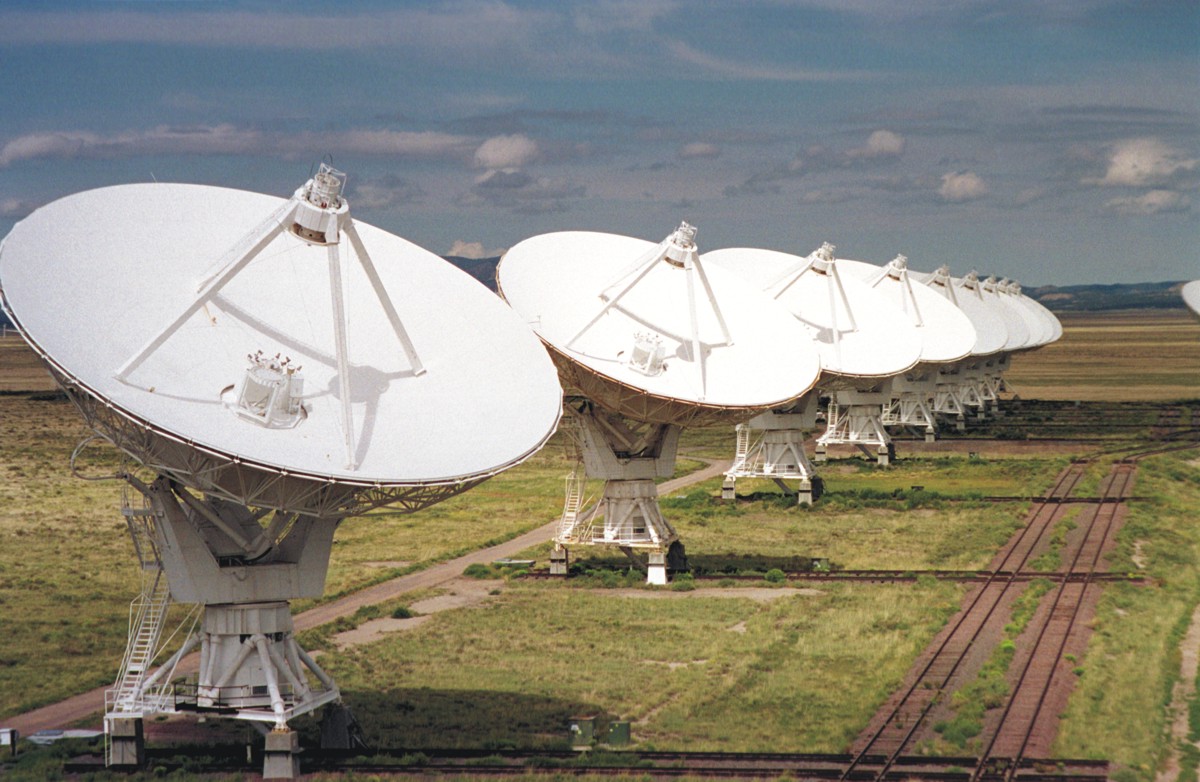
The importance of the Radio Astronomy ...
Radio waves are a type of electromagnetic radiation with a wavelength greater than the wavelength of the visible light. Despite we used to study the stars, planets, and galaxies using optical telescopes for centuries, the use of radio telescopes has extra advantages. There are cosmic phenomena that look dark in the visible light, but it is “bright” in other ranges of the electromagnetic spectrum like radio bands. Using the radio telescopes reveals the hidden parts of the universe. In addition, the radio waves can reach the earth's surface regardless of the weather status and the time of the day. Radio astronomers almost have a good chance to do their observations during the day or in the cloudy sky when optical vision is obstructed.
About
The Decametric Radio Telescope arrays in SAASST are funded by the UAE Space Agency to conduct radio astronomy for a wide sector of research. It engages students from high school to B.Sc. in making and analyzing observations of natural radio emission of the planet Jupiter and the sun, as well as many researchers around the world those concern the low-frequency radio astronomy. This system has two arrays of dipole antenna that are connected to separated two receivers. Our researchers in SAASST remotely access the data are received, monitoring and analyzing the celestial radio emission then publish the results in specialized scientific journals and conferences.
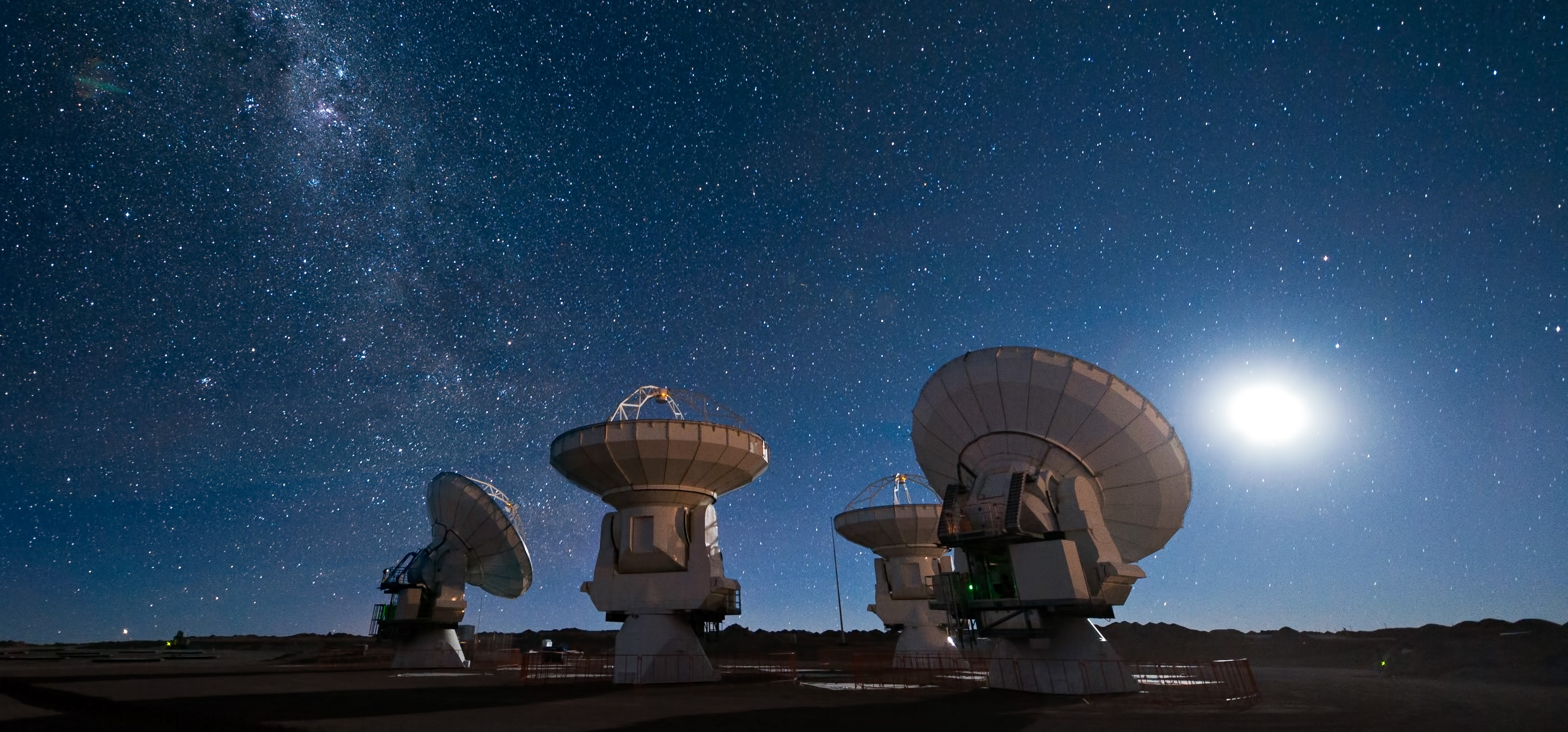
Objectives
- Building a low-frequency radio astronomy program to conduct radio astronomical observations
- Studying the mechanisms of solar flares and coronal mass ejection (CMEs)
- Studying the radio emission of the Jupiter-Io System
- Building experience on constructing and operating low-cost radio telescopes
- Interacting with other radio astronomers to exchange data, ideas, and experiences
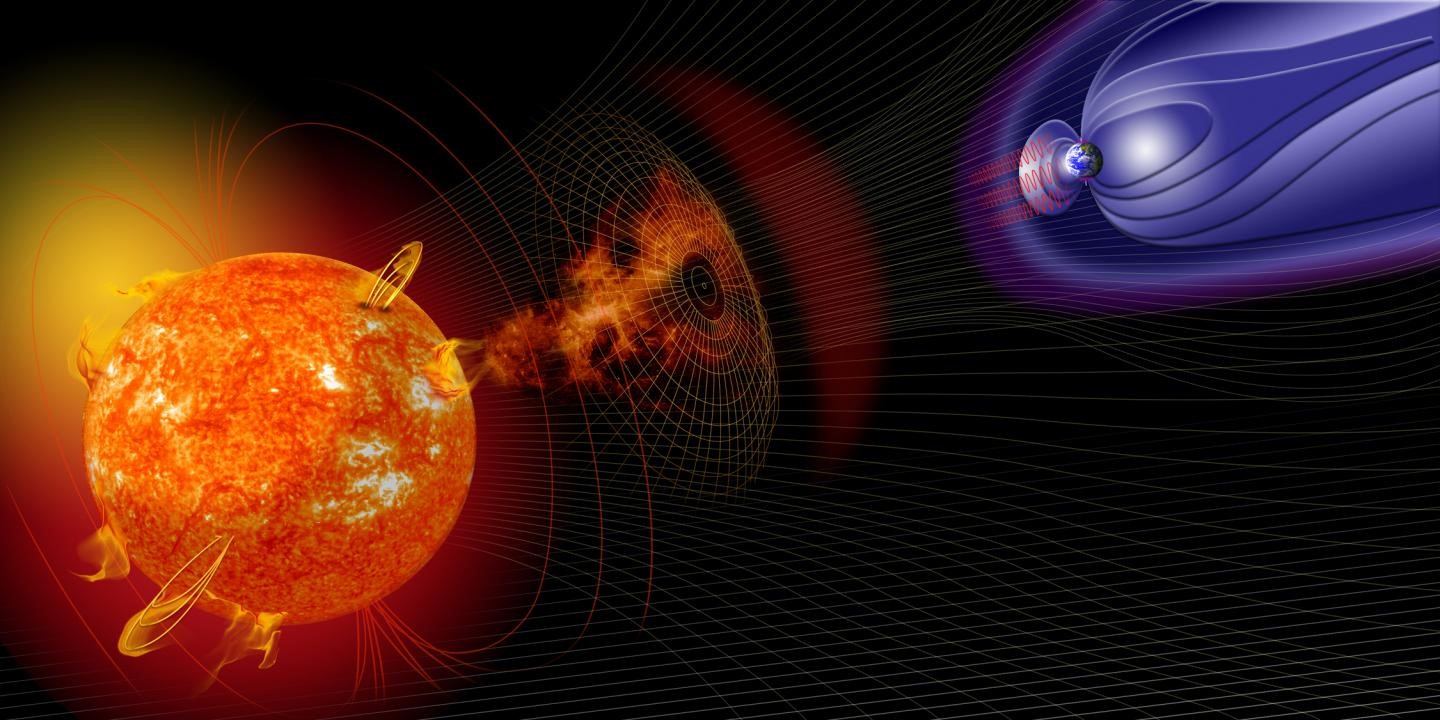
SAASST Decametric Radio Telescope
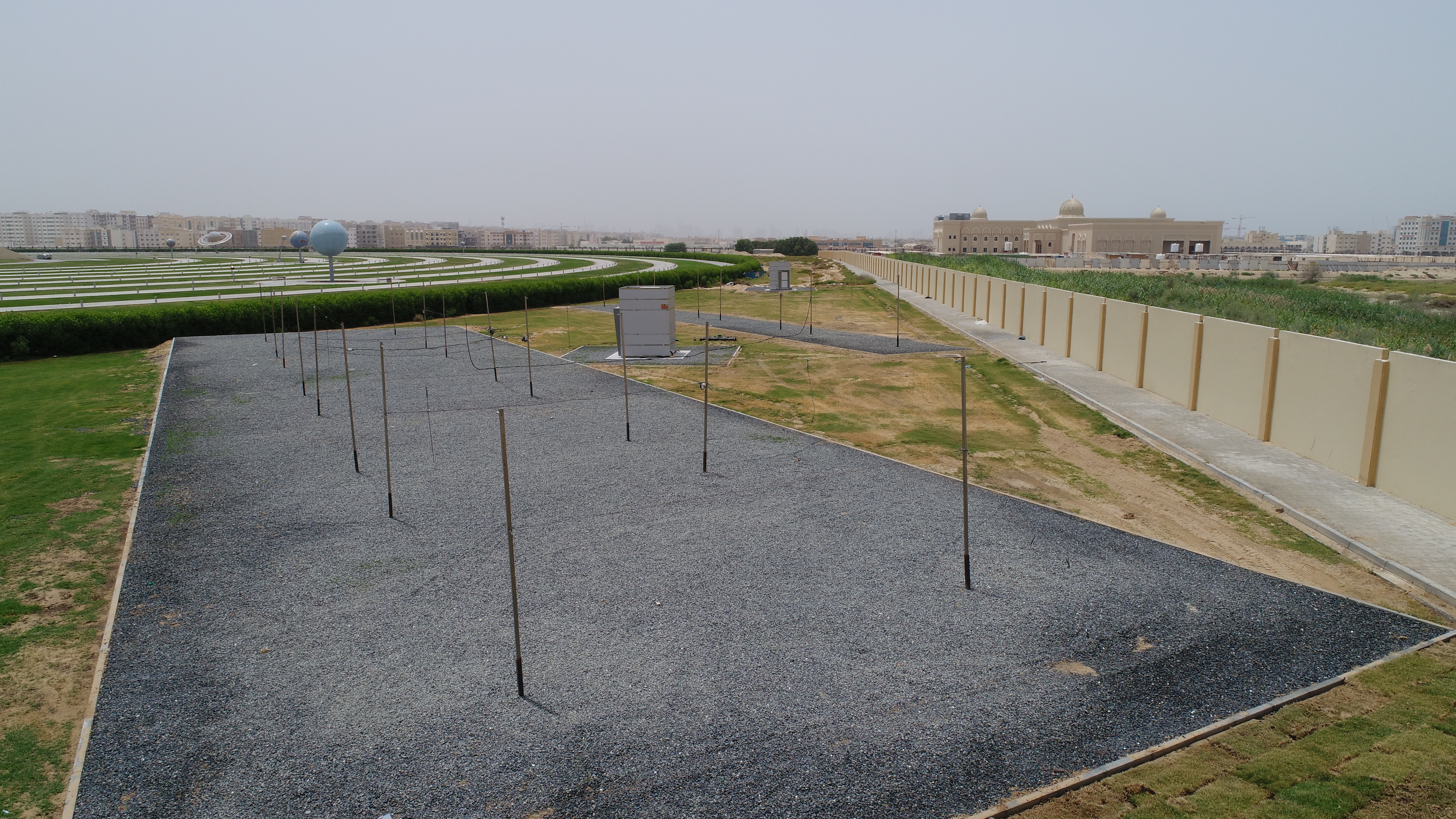
Introducing
IMAGE LAYOUTS ADDON
- The antenna unit
- Receiver and recorder unit
- Data analysis and storage unit
Components of the System "DRT"
The dual dipole array, which is designed to observe radio emission of Jupiter, Milky Way as well as the sun in winter.
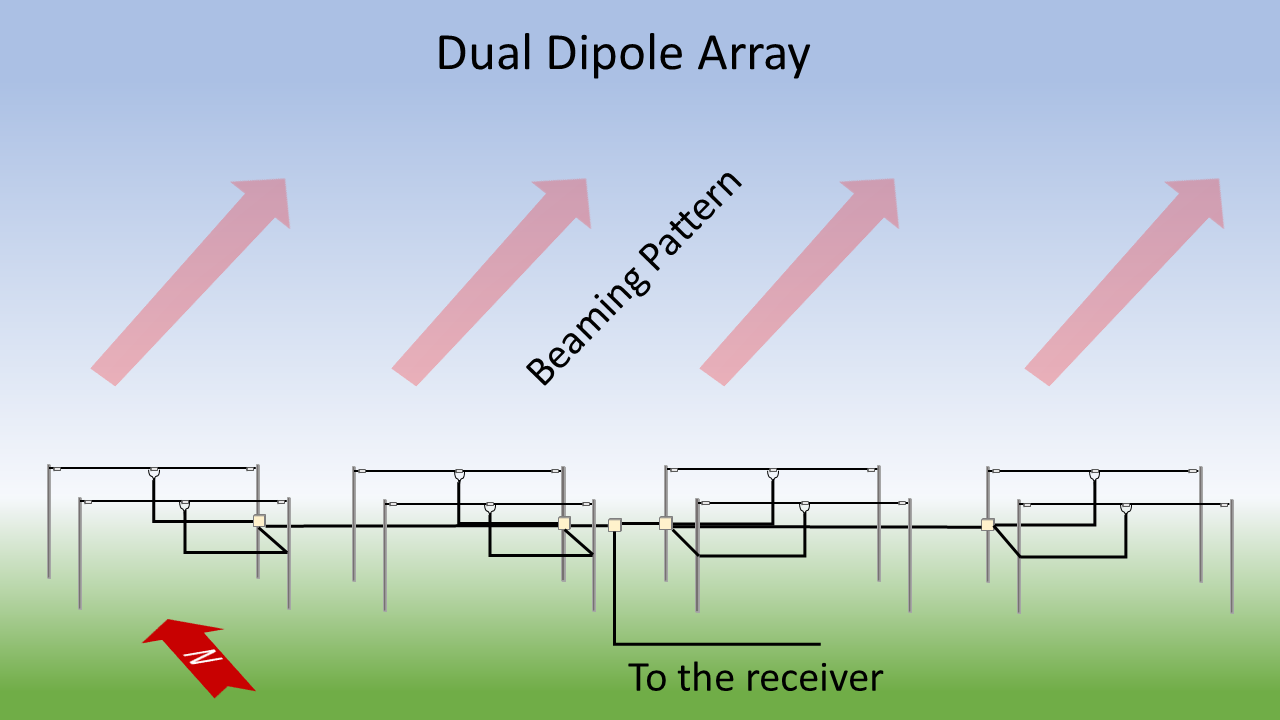
The single dipole array, which is designed to observe radio emission of the sun during the summer.
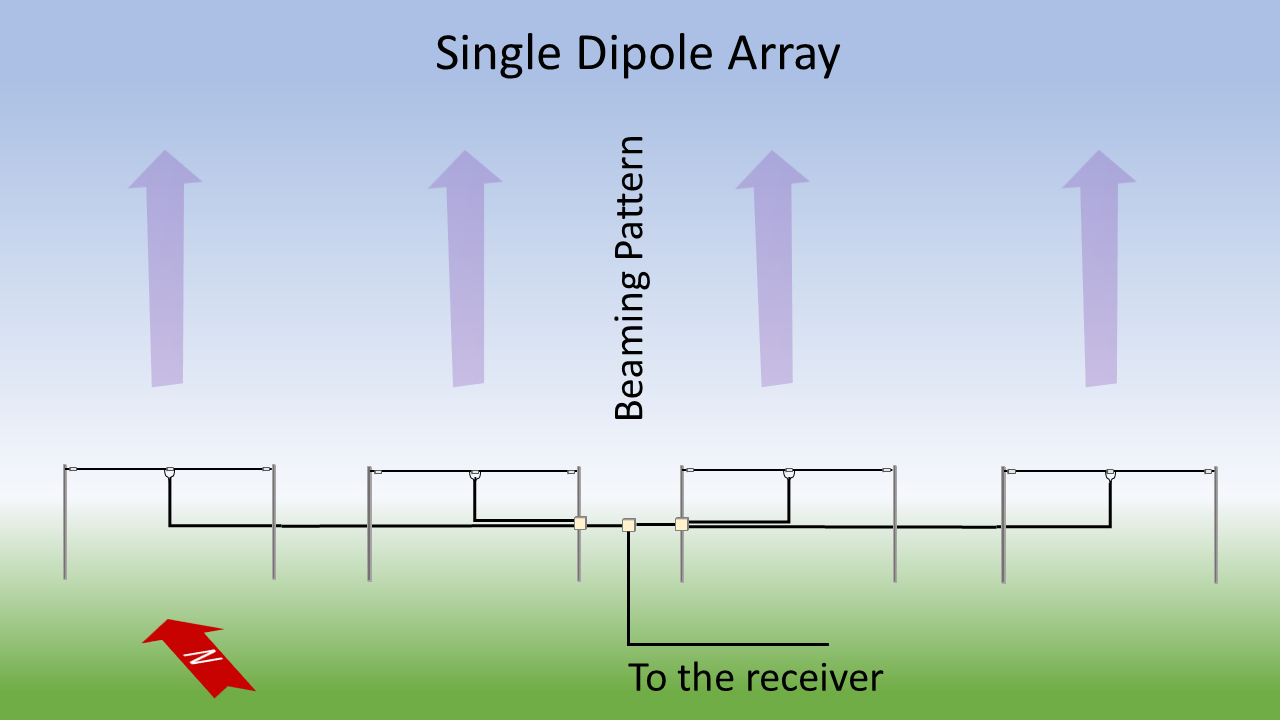
The receivers convert signals from radio frequencies to audio frequencies and they are designed to operate at 20.1 MHz, from their inputs. While the inputs are connected to the antenna arrays through the transmission lines, the outputs are connected to the speakers and computers.
This receiver can be easily assembled by over 100 electronic components and pieces of hardware that needs around 12 working hours to assemble it. 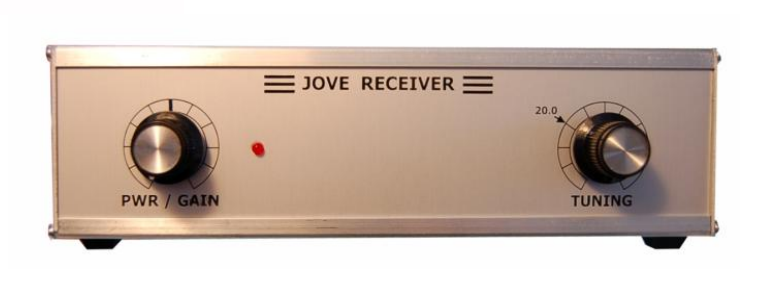
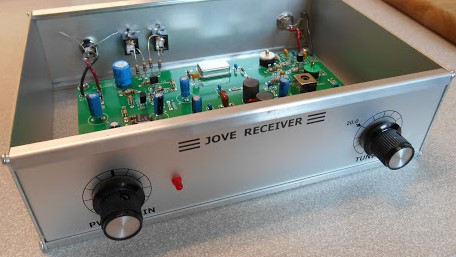
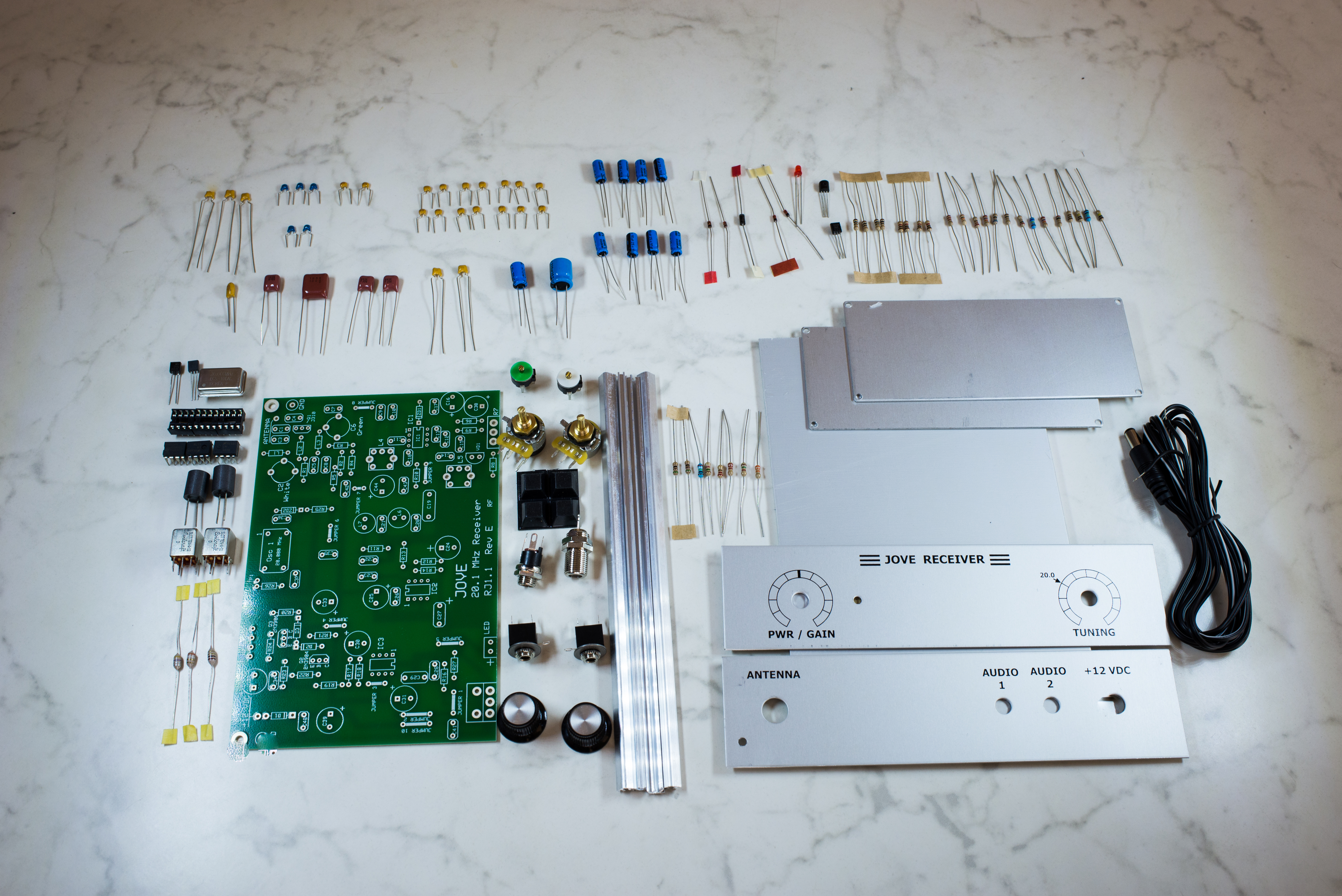
The system is fully functional and is collecting data on a 24-hours basis of any activity that might occur on the Sun or Jupiter. The data will be available through this website for research and educational purposes. In SAASST, SkyPipe 2.7.34 software is used to record and analyze data. To schedule the Jovian observations a special Jove edition of program called Radio-Jupiter Pro 3.83. is used. This software includes many useful features for predicting jovial storms, planning observations and tracking the motion of Jupiter and Io.
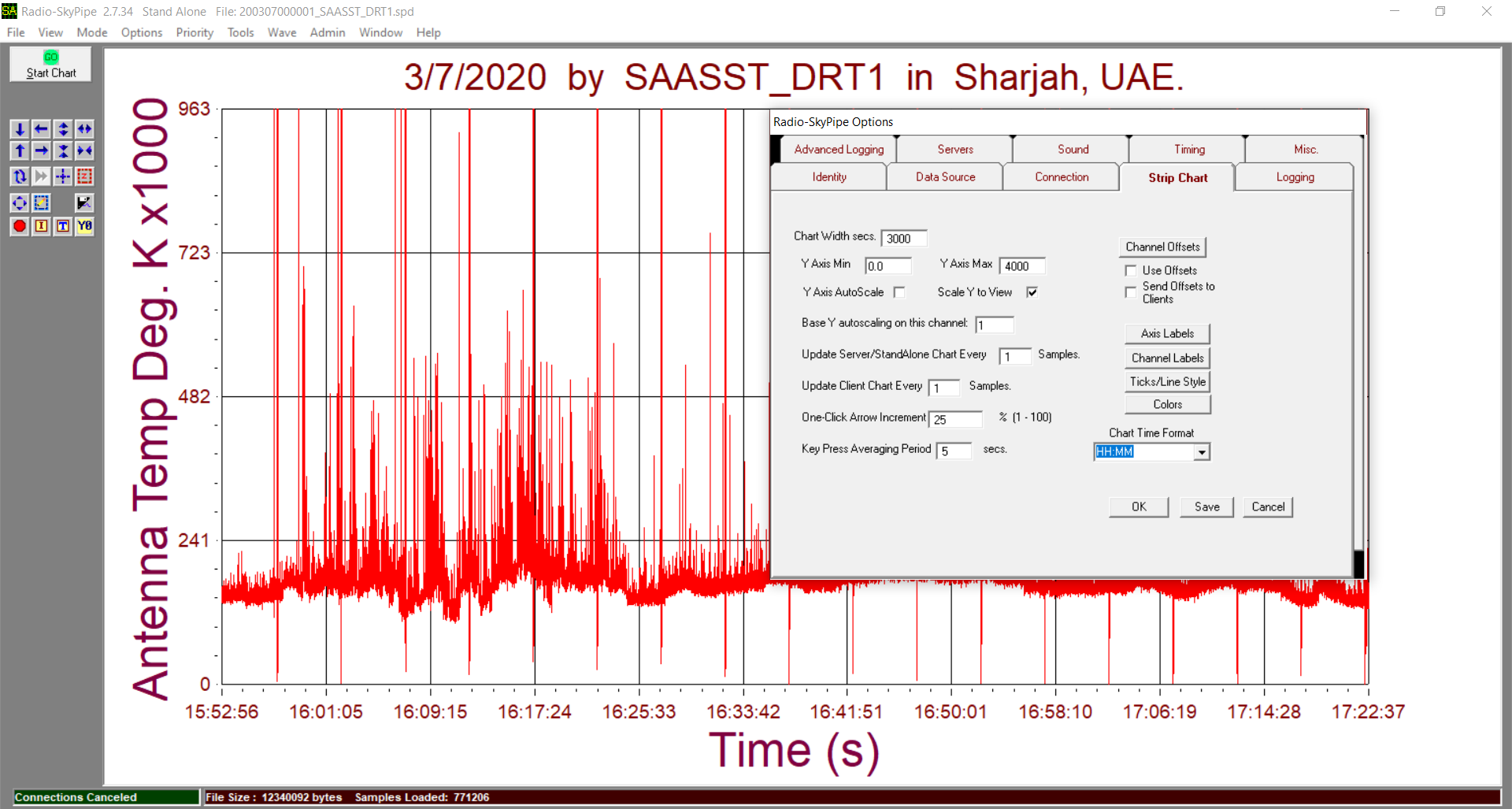
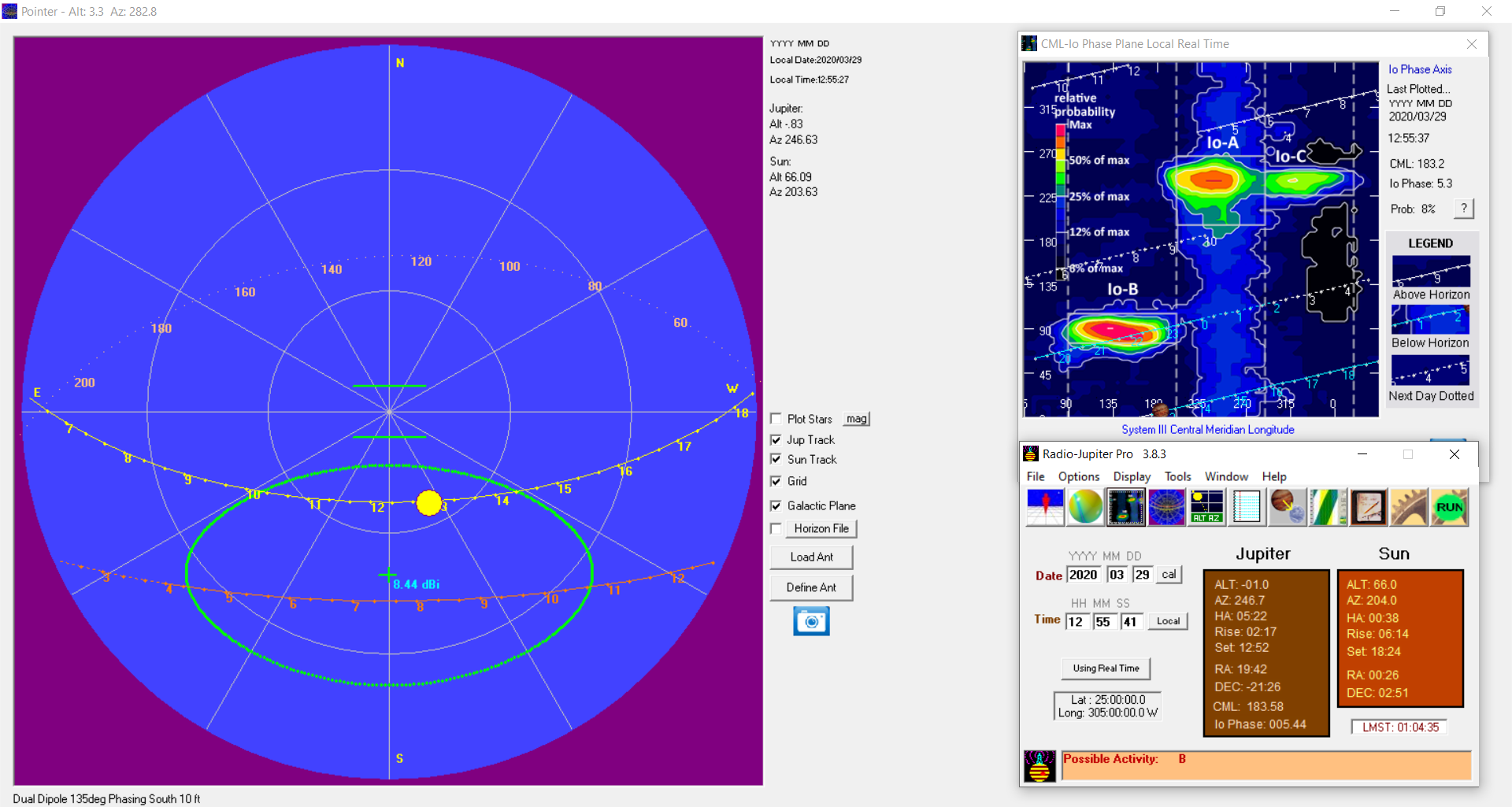
Results & Data
extract from it results in to publish to keep you up to date.
Jovian Radio Emission Archive
A Jovian radio S-burst on April 26th. This Io-A Jovian storm started at 07:47 (03:47 UT) and ended 08:11 (040:11 UT).
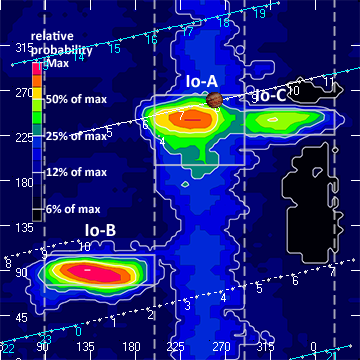
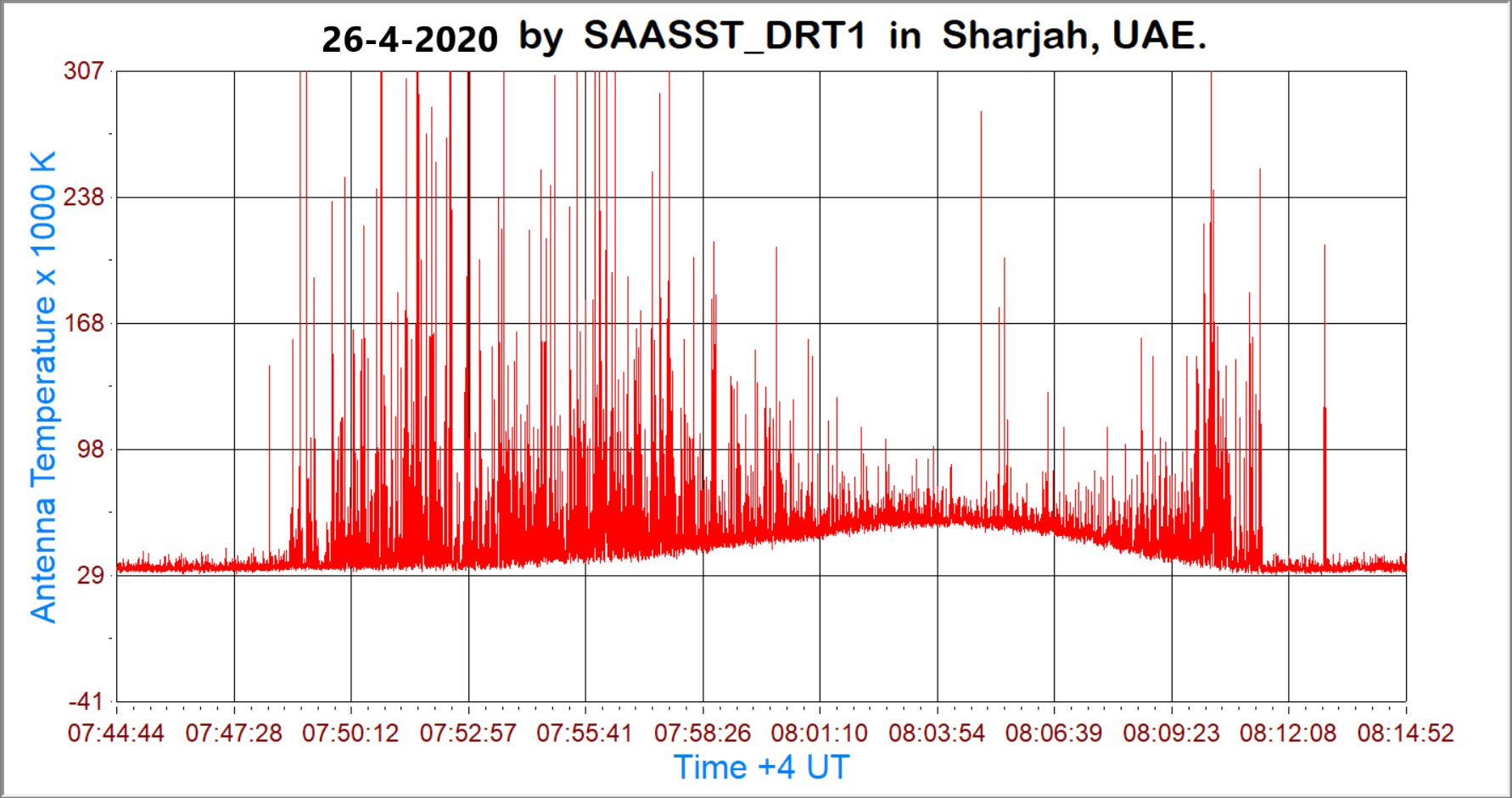
Solar Radio Emission Archive

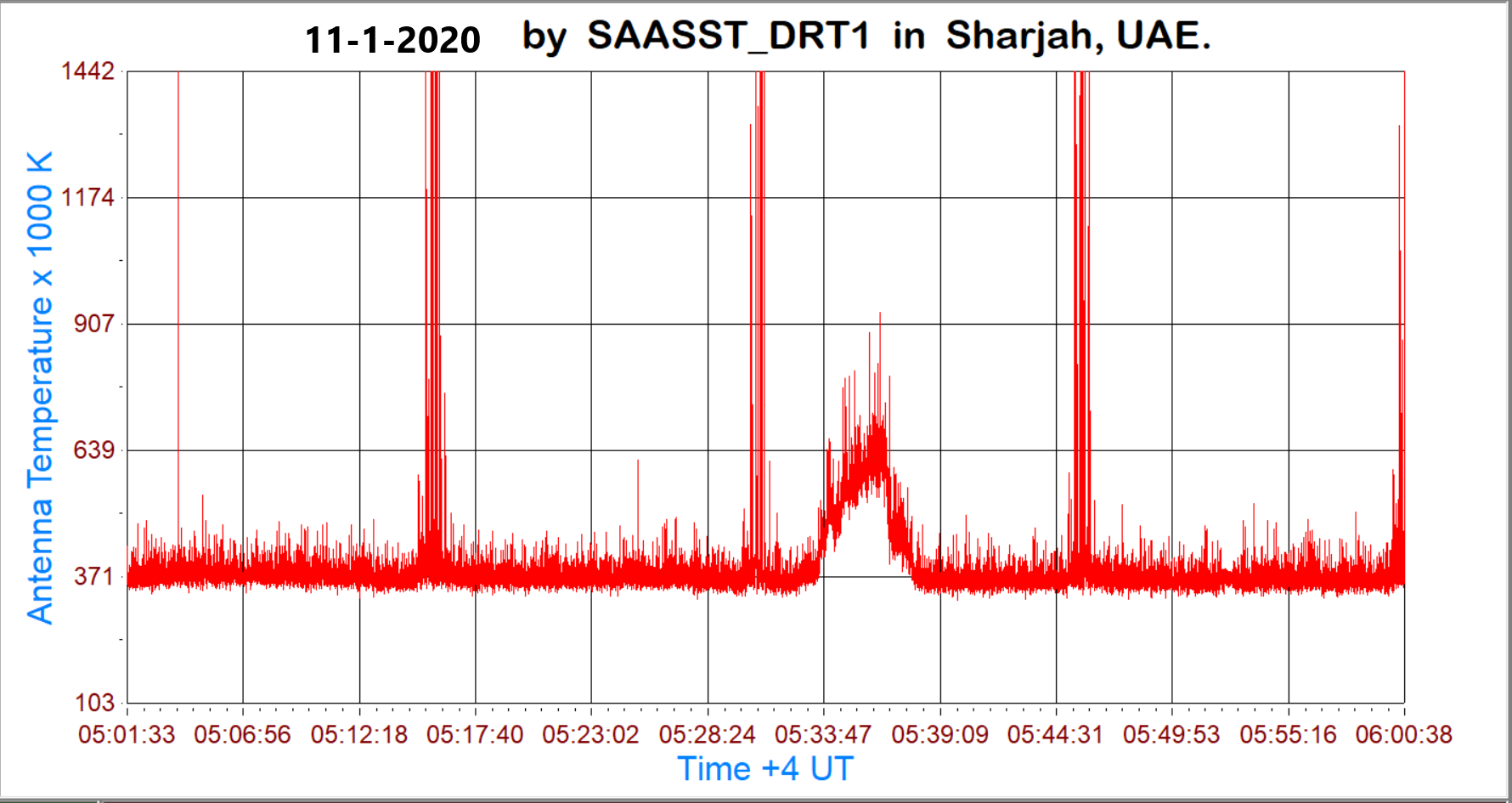
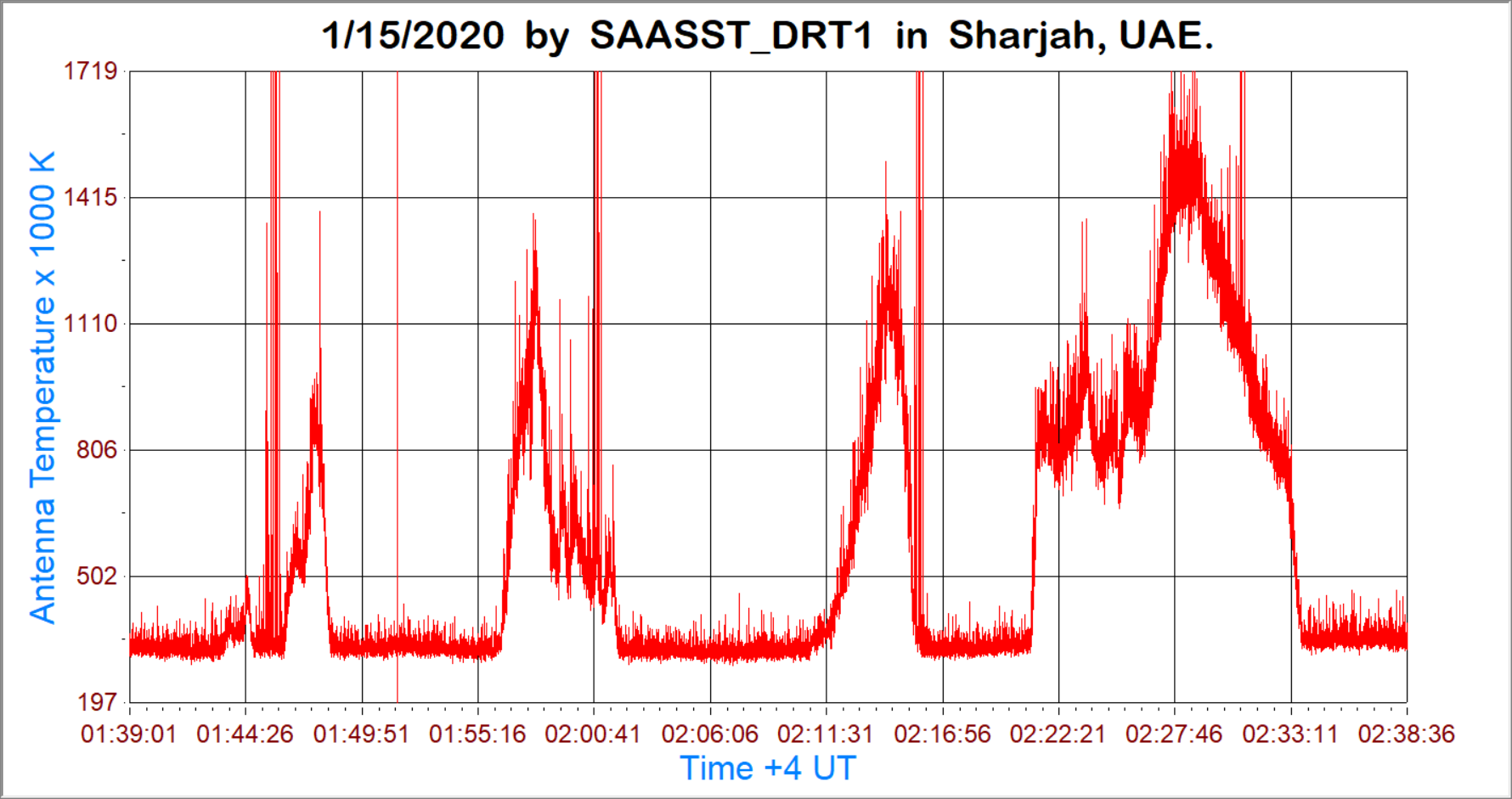
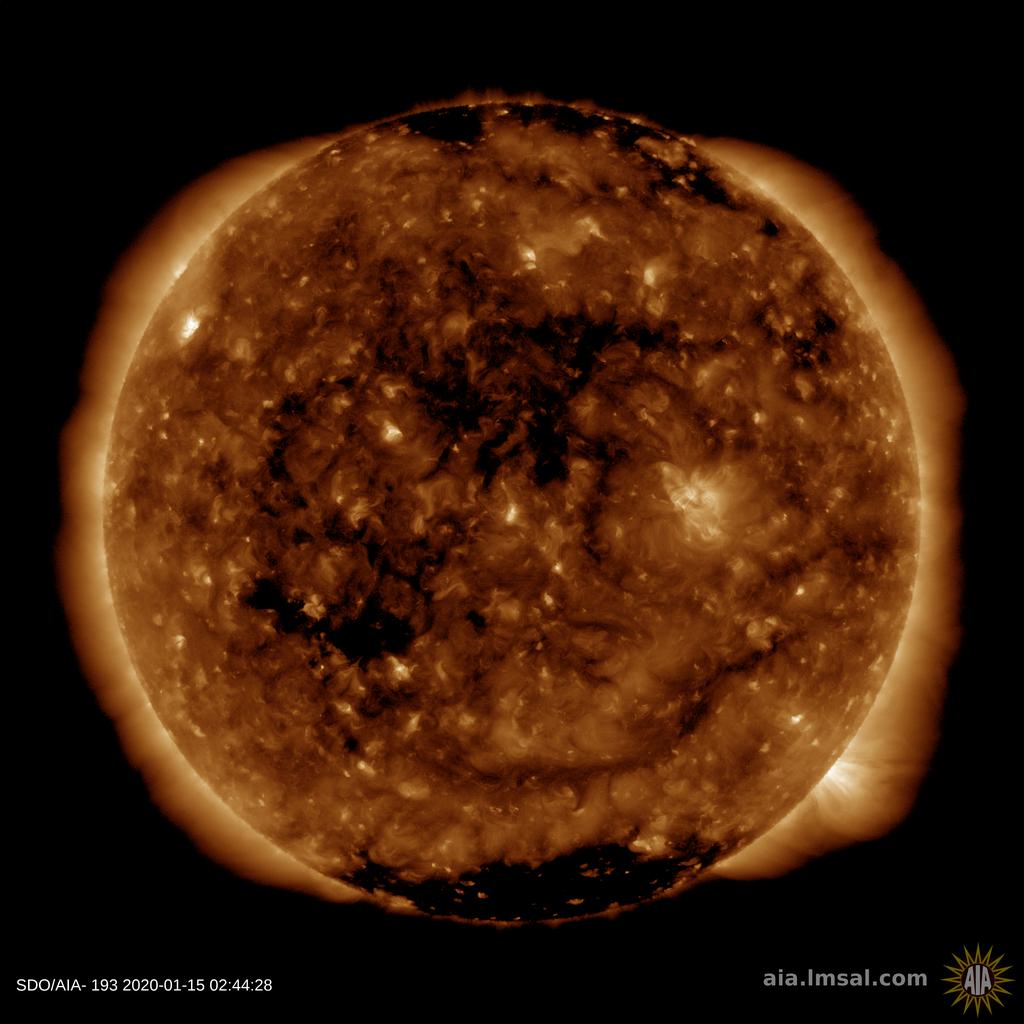
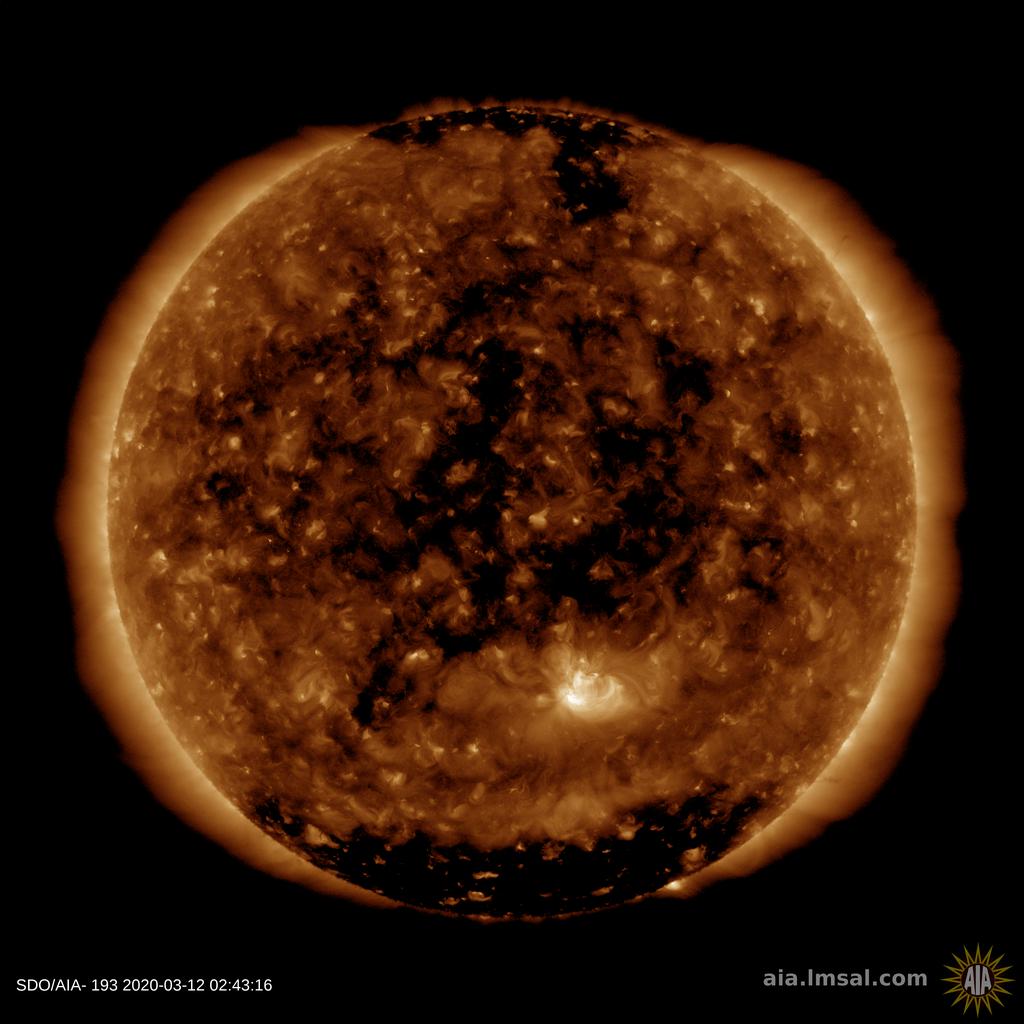
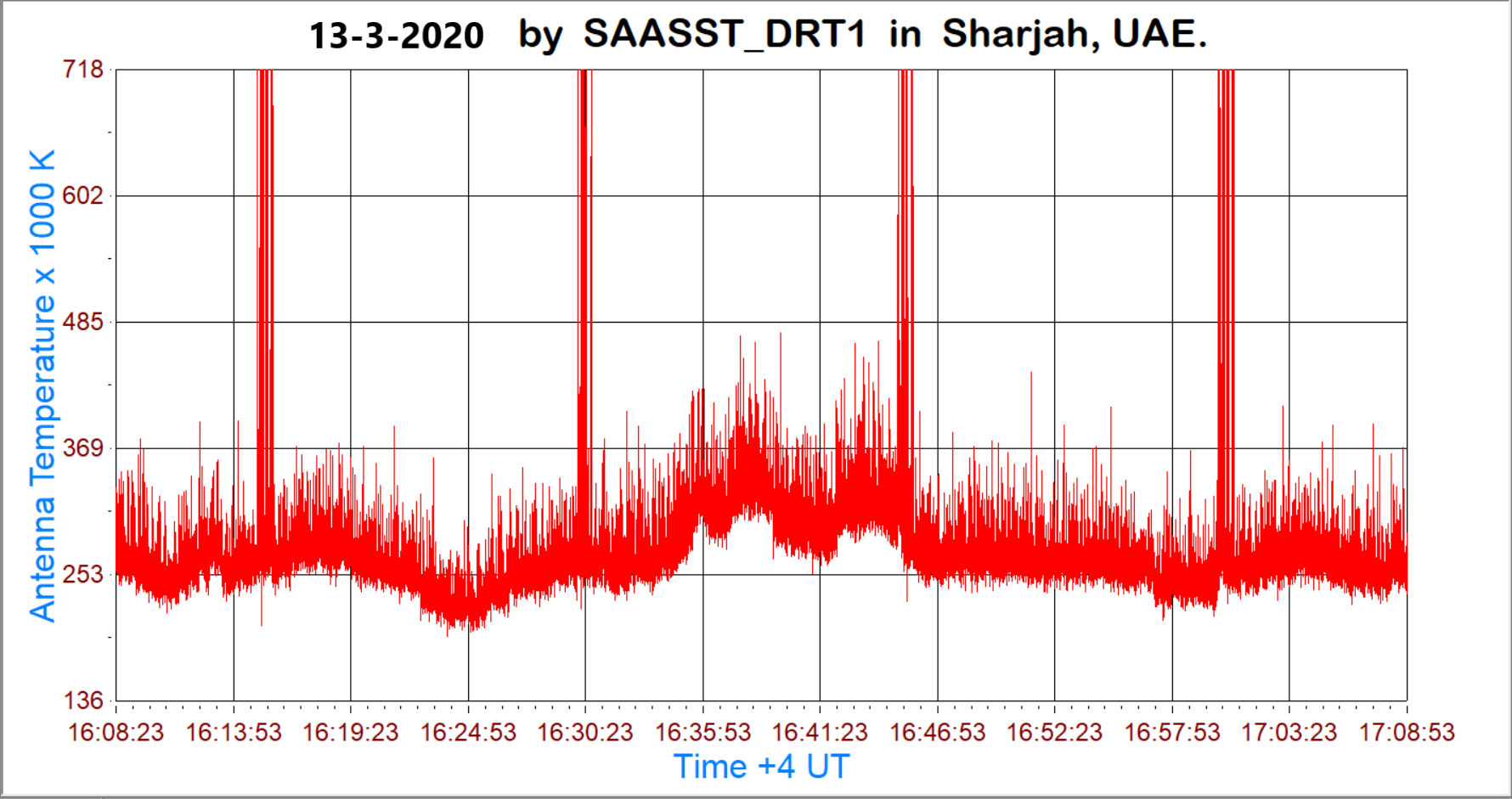
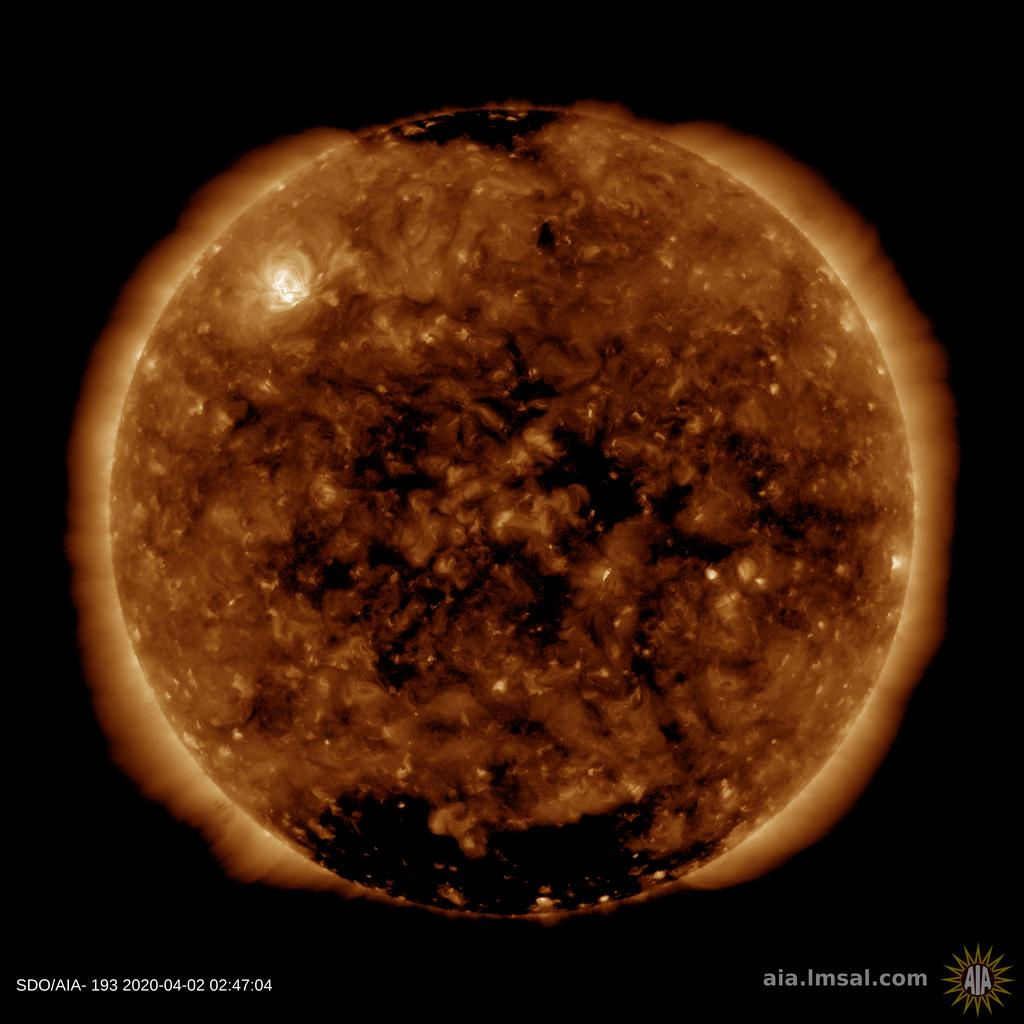
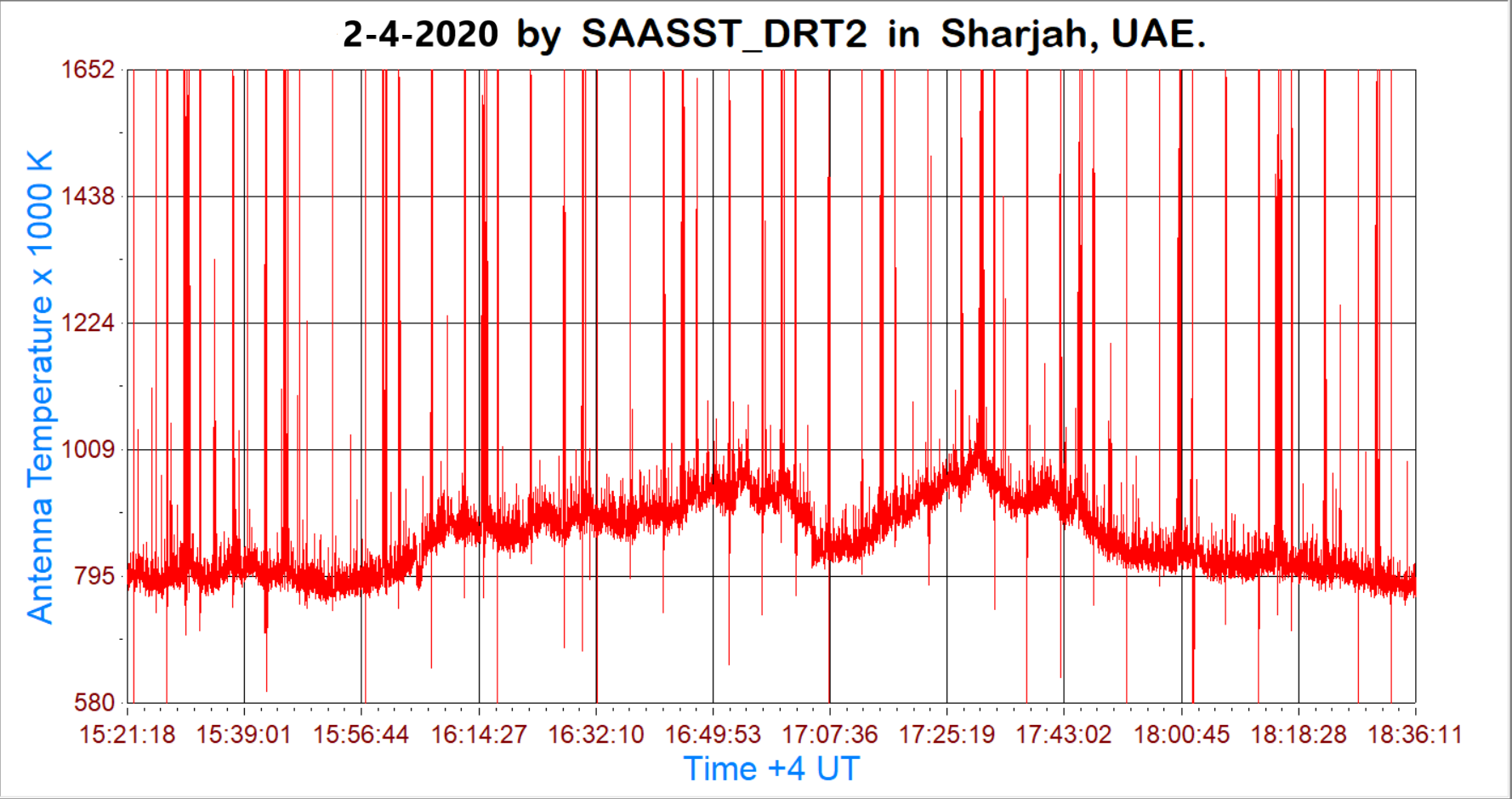
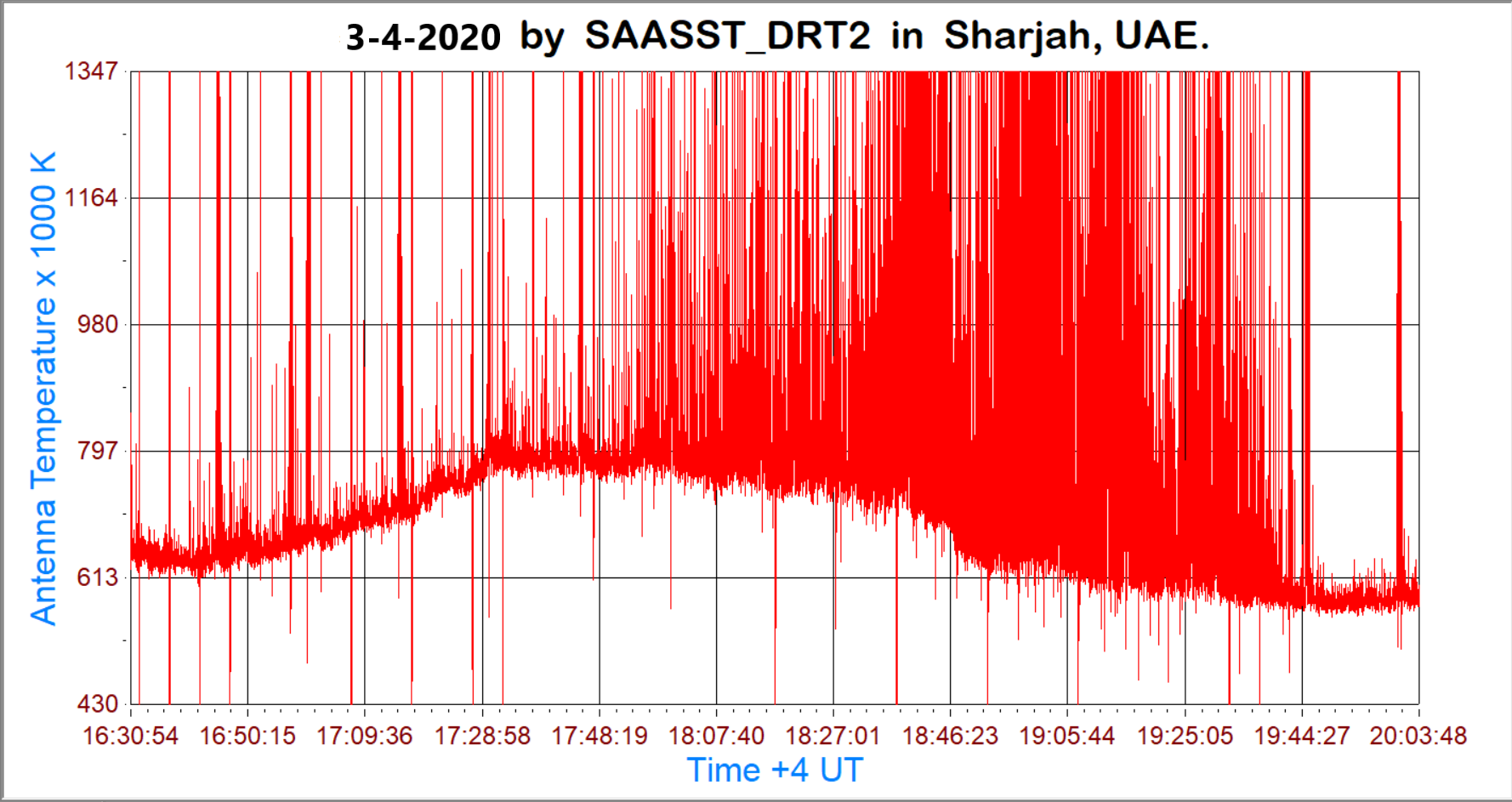
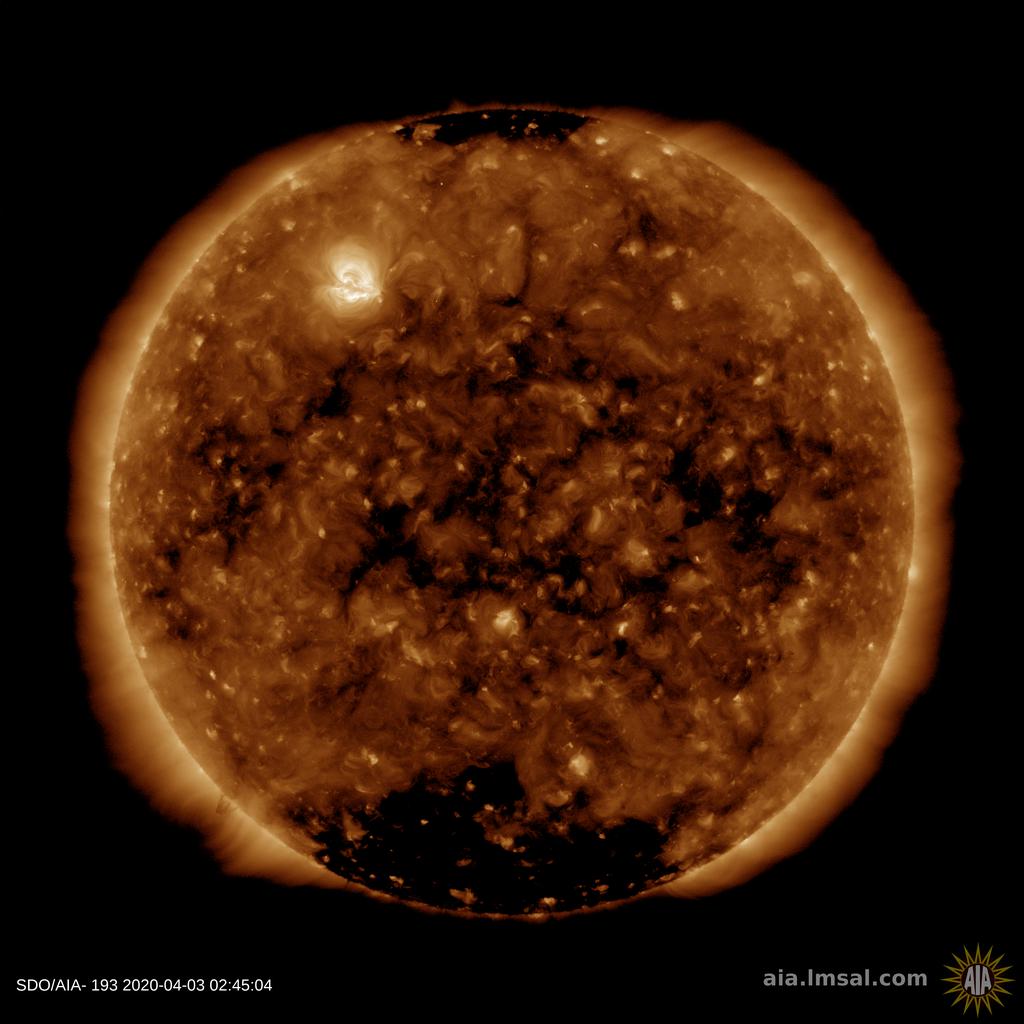
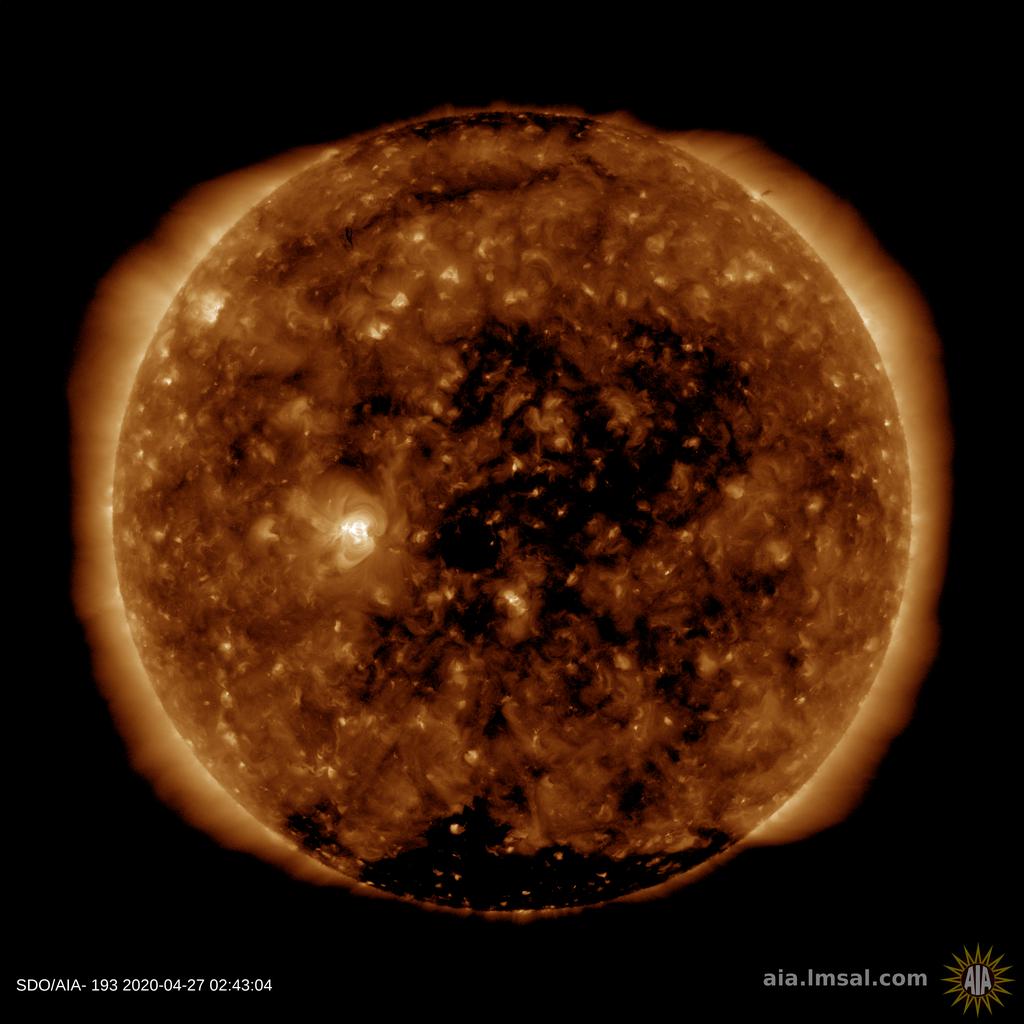
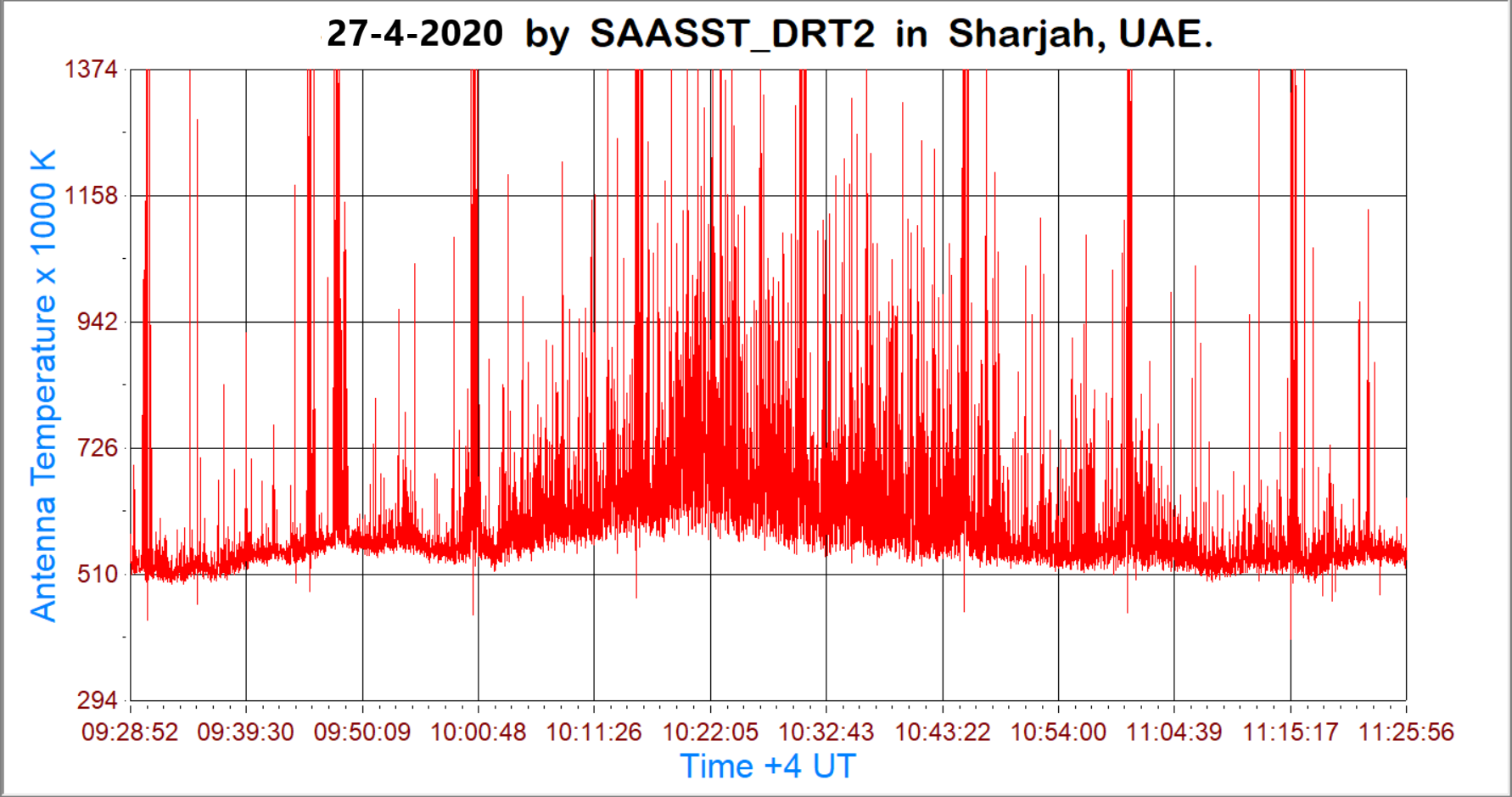
Meet Our Team
